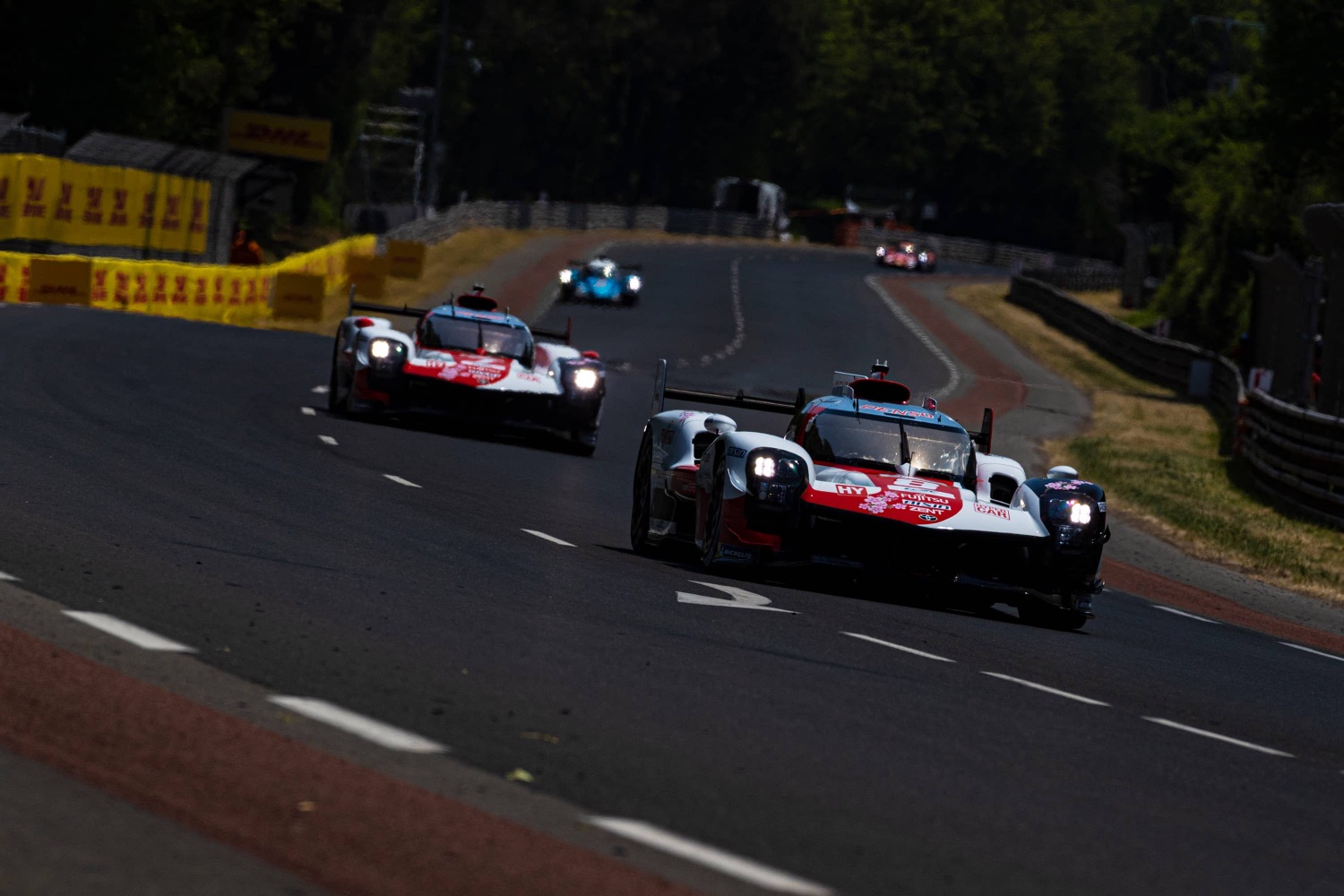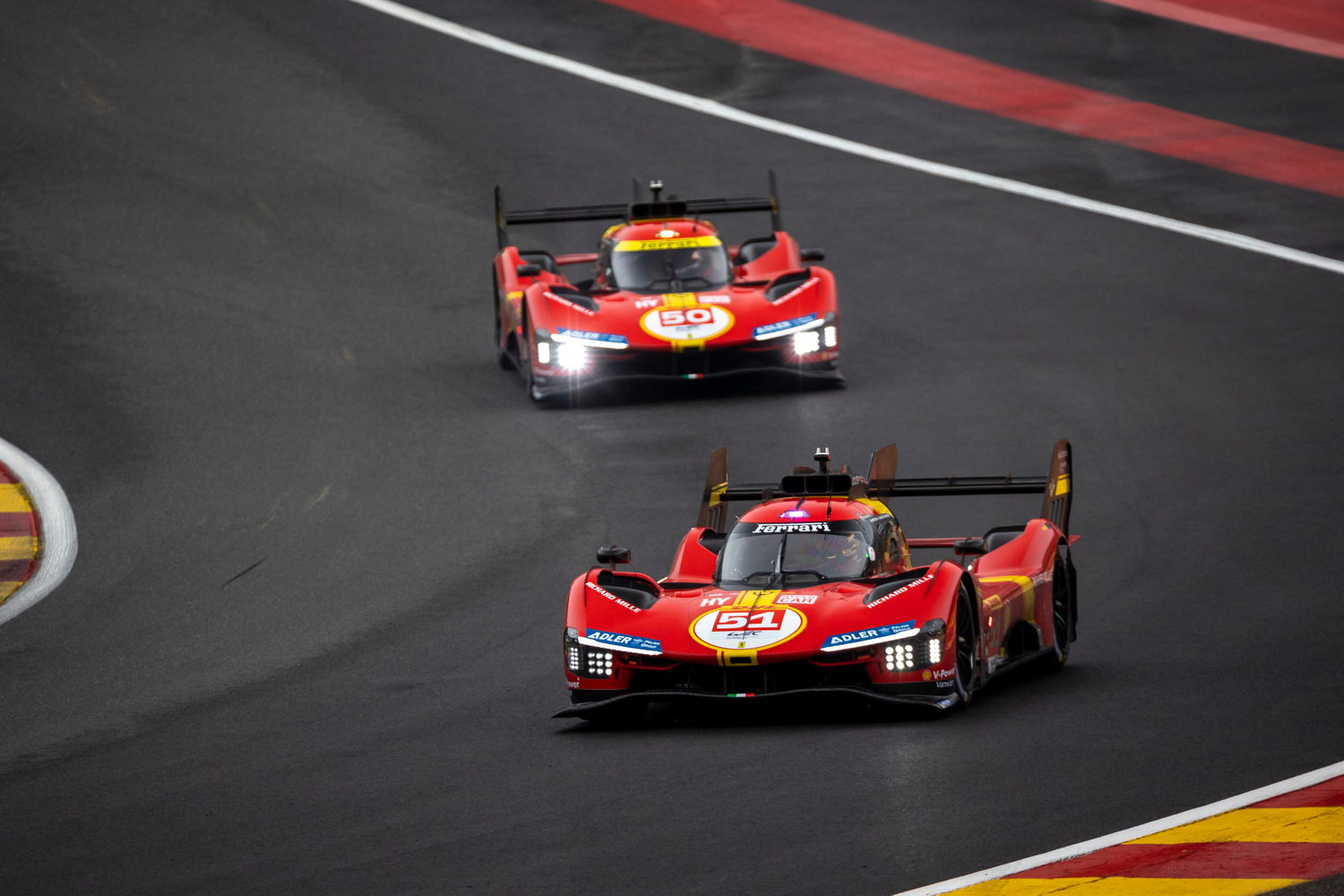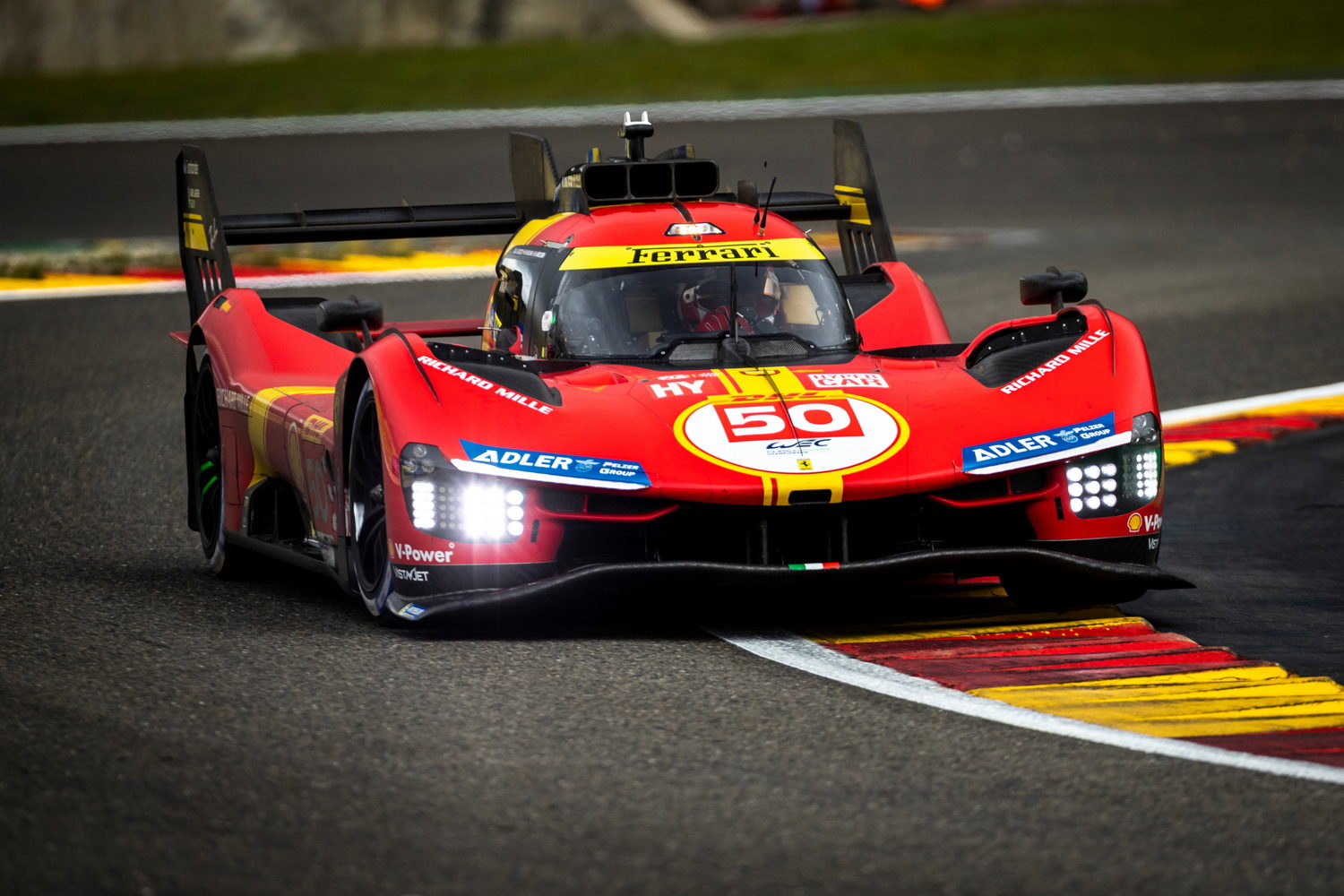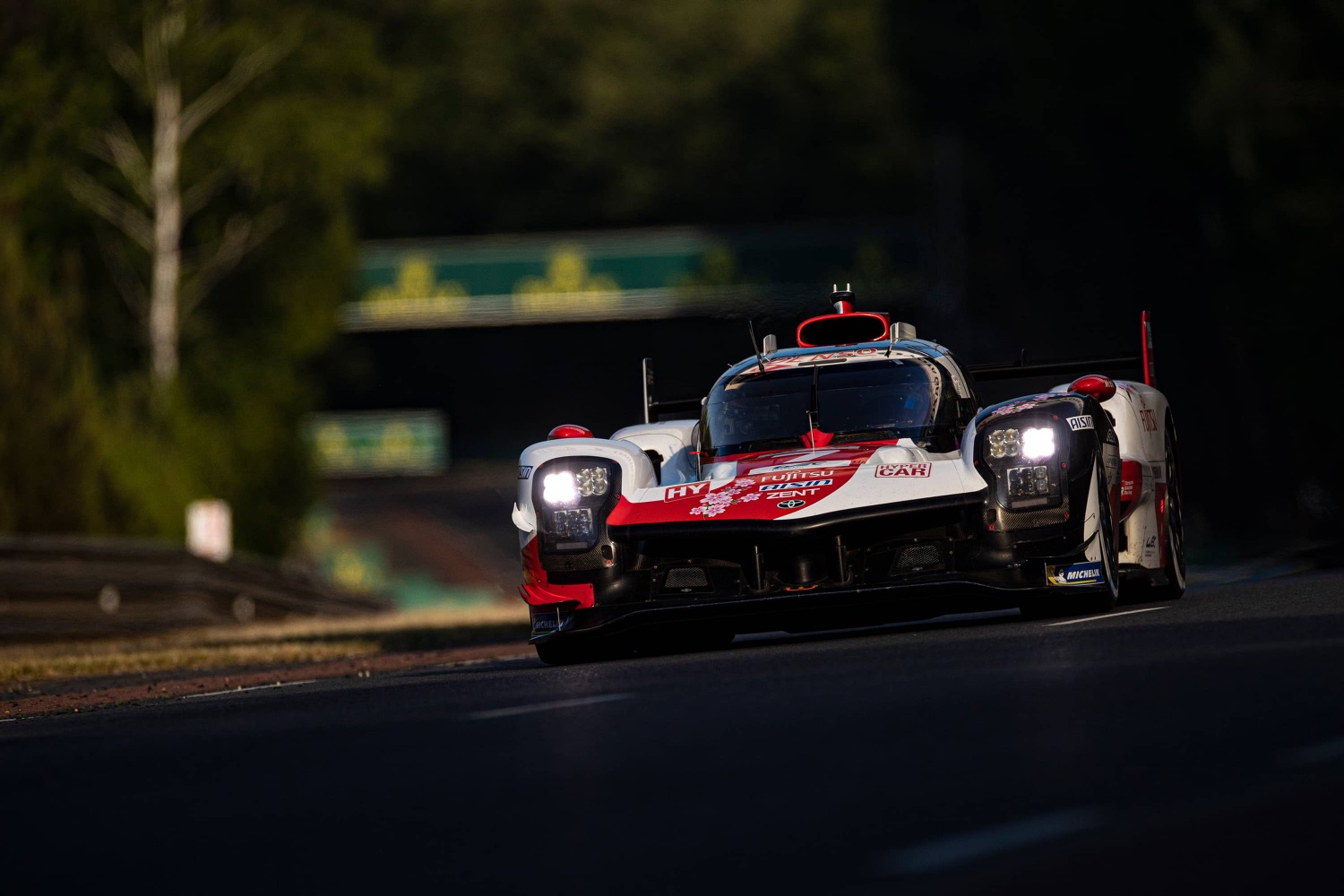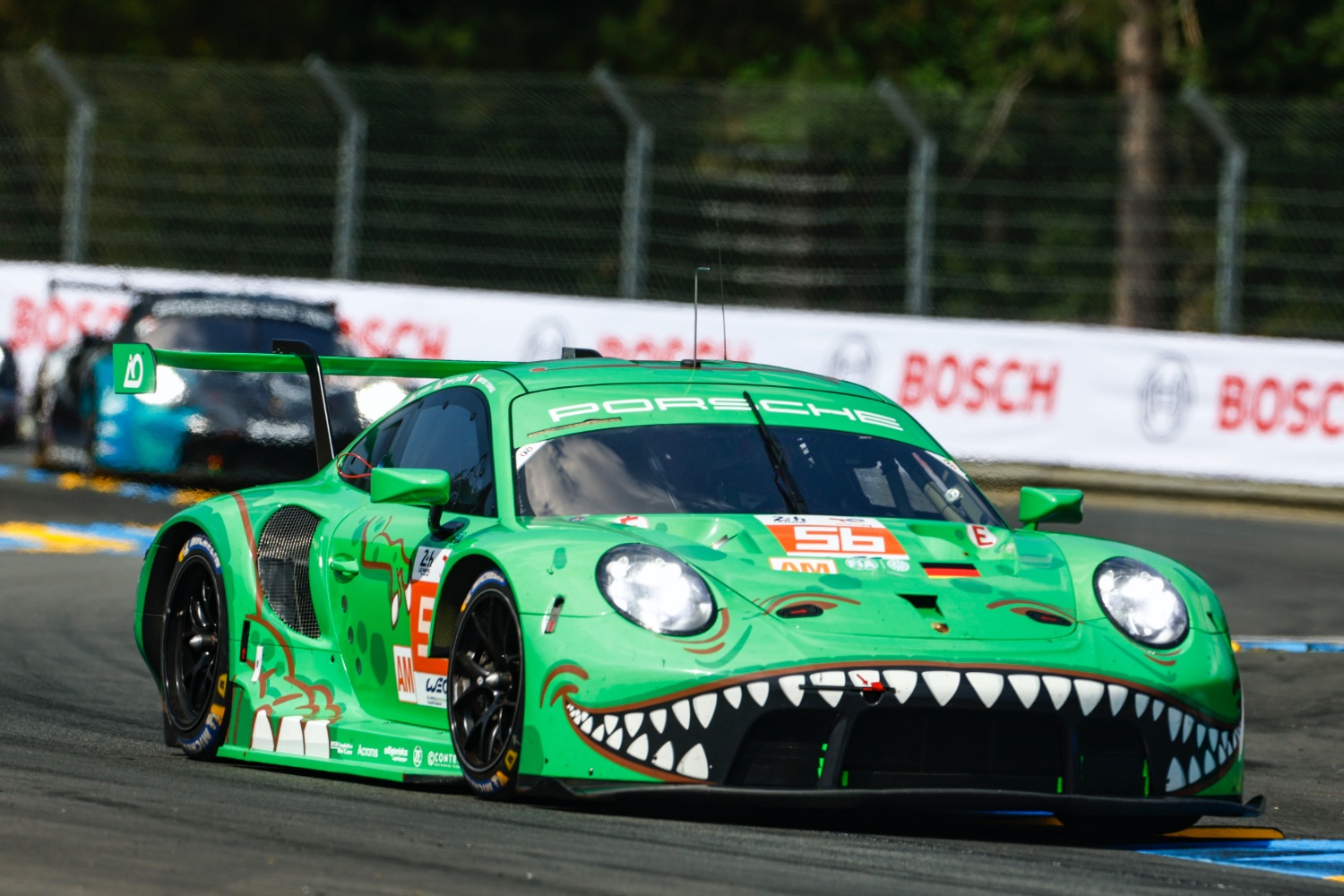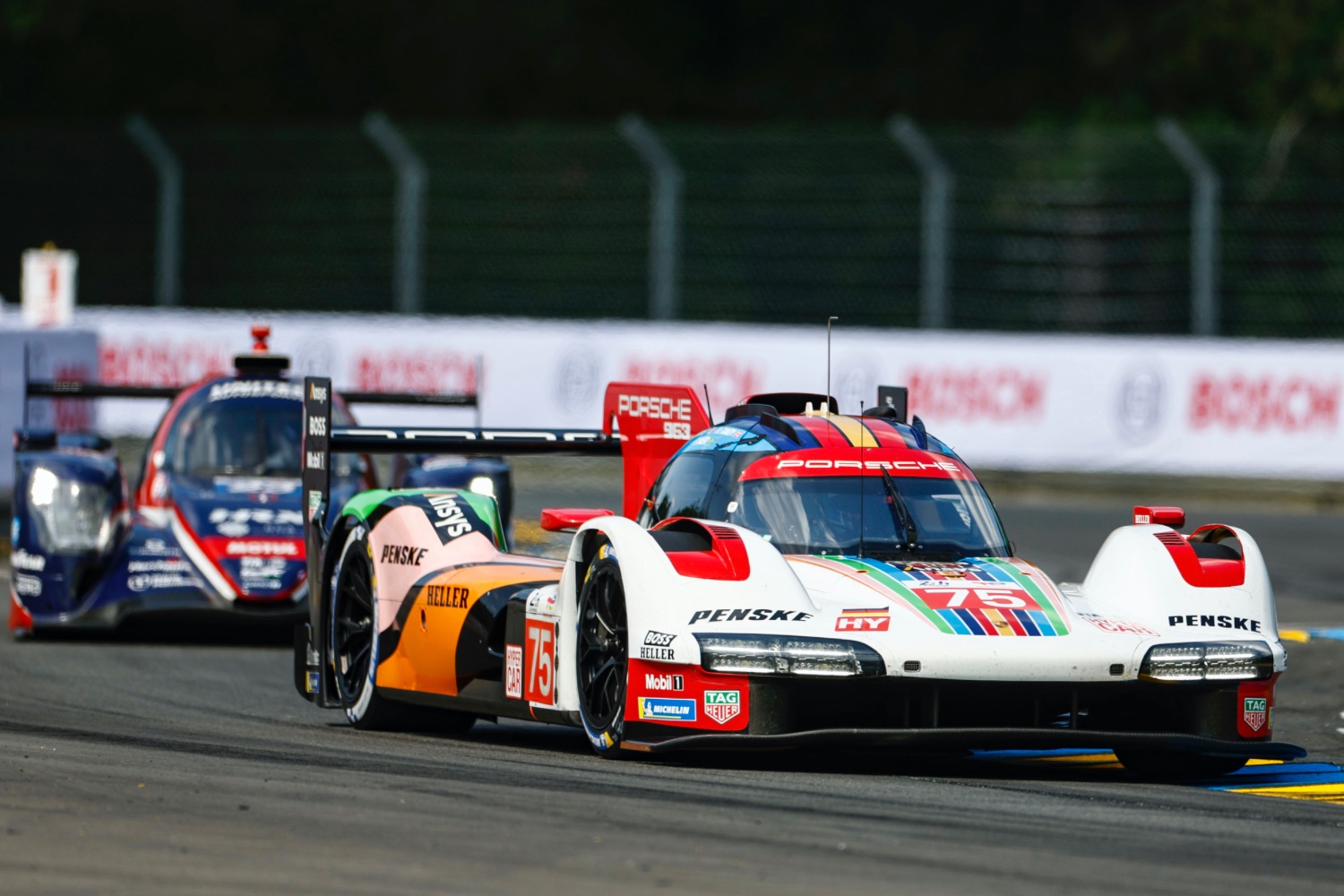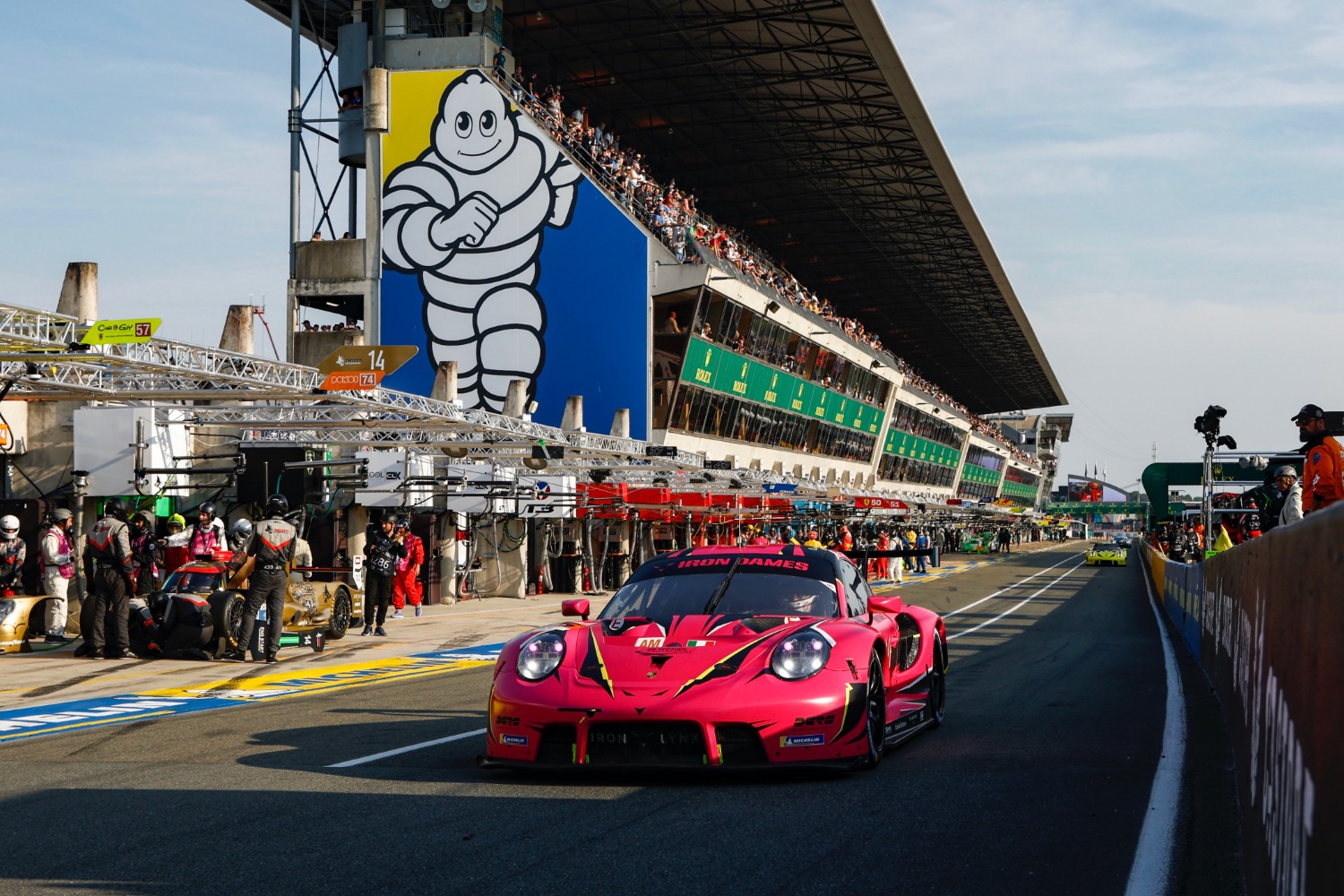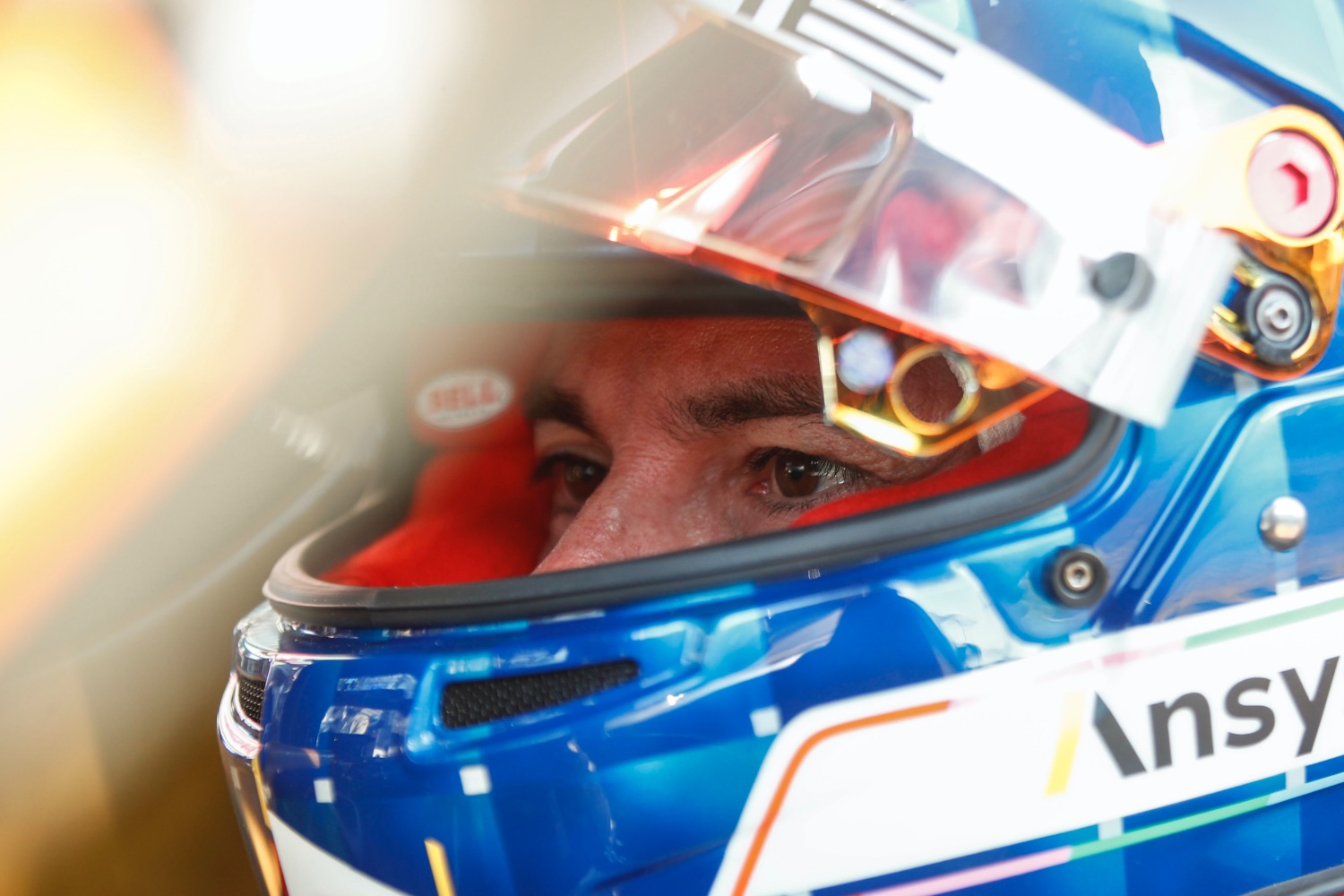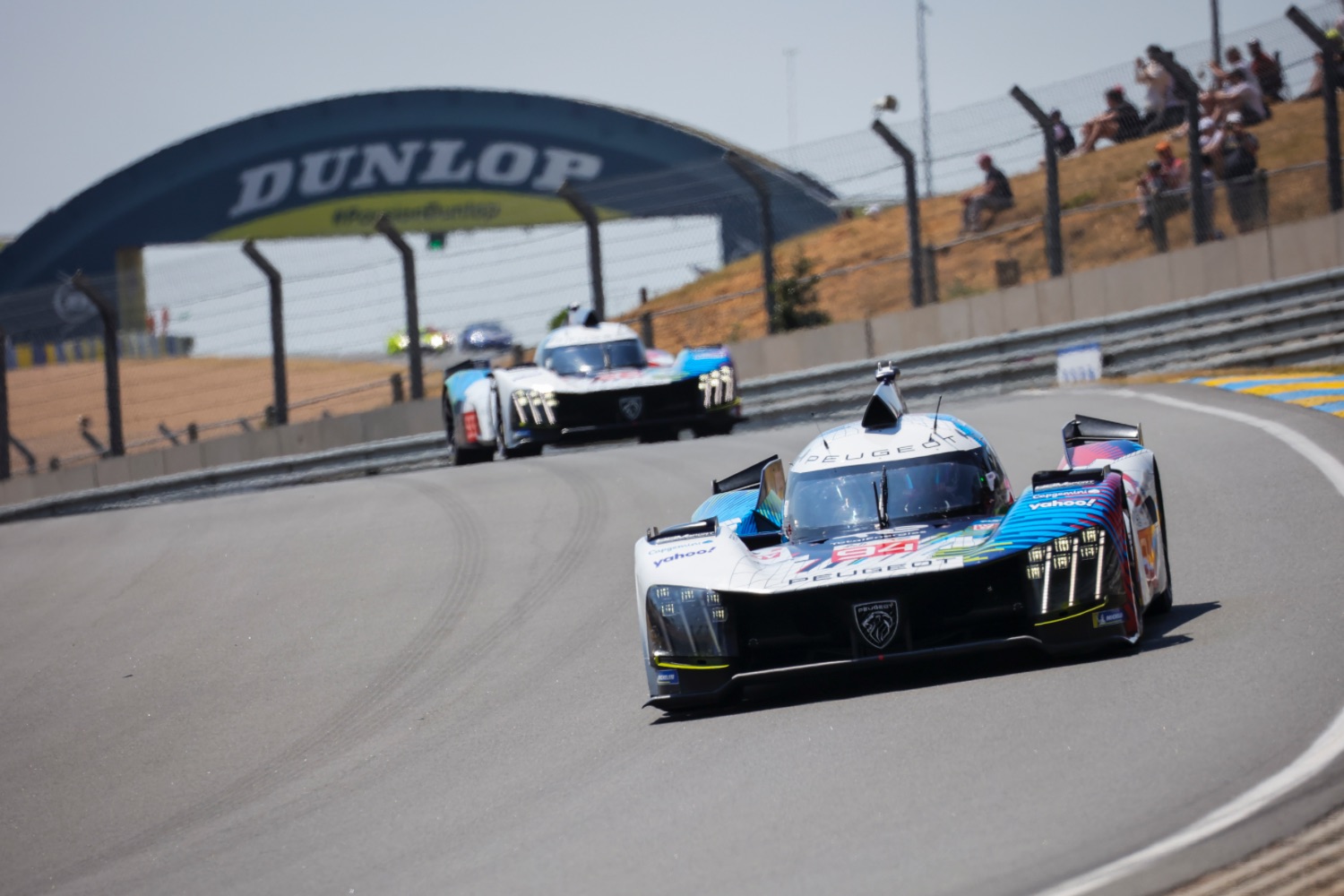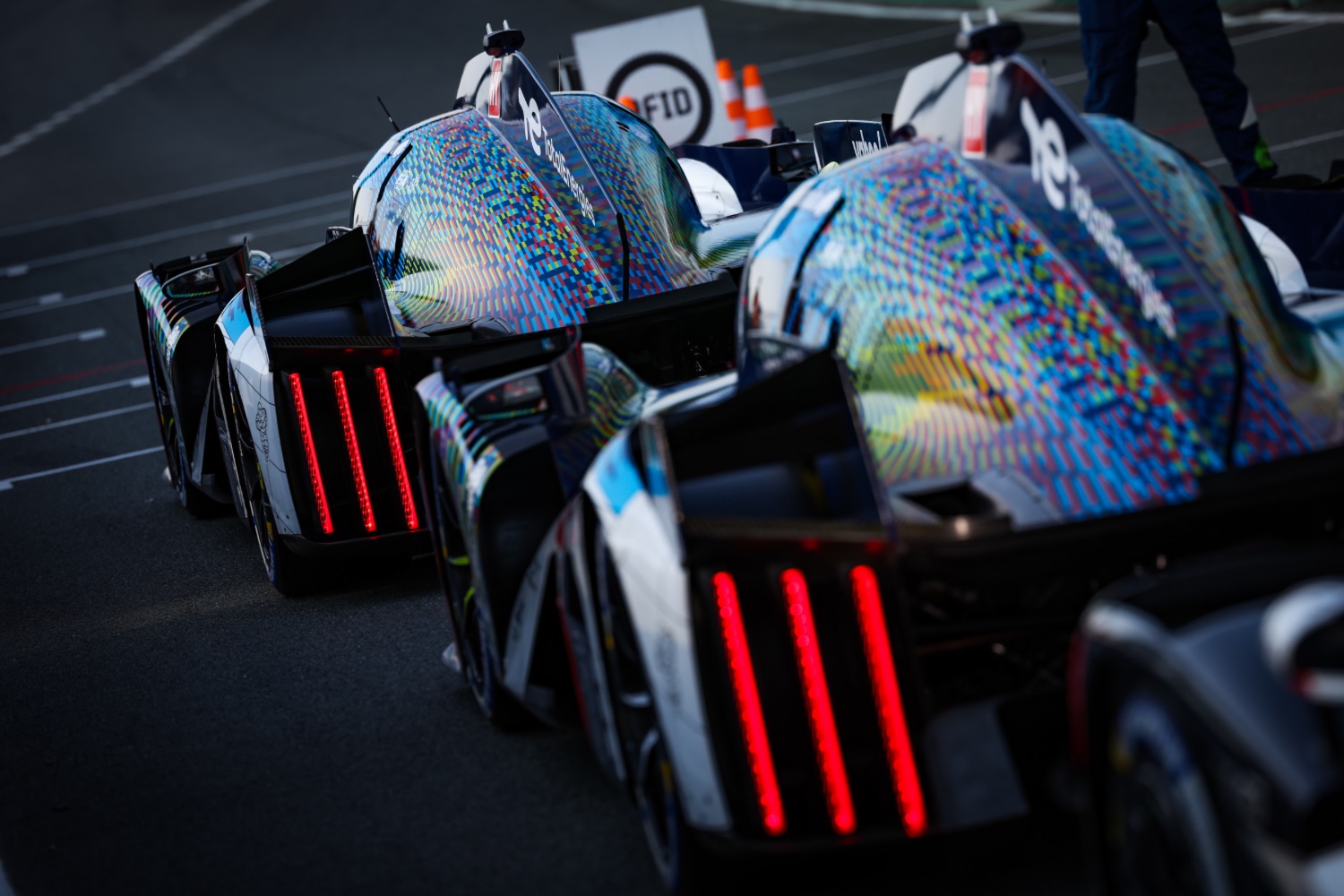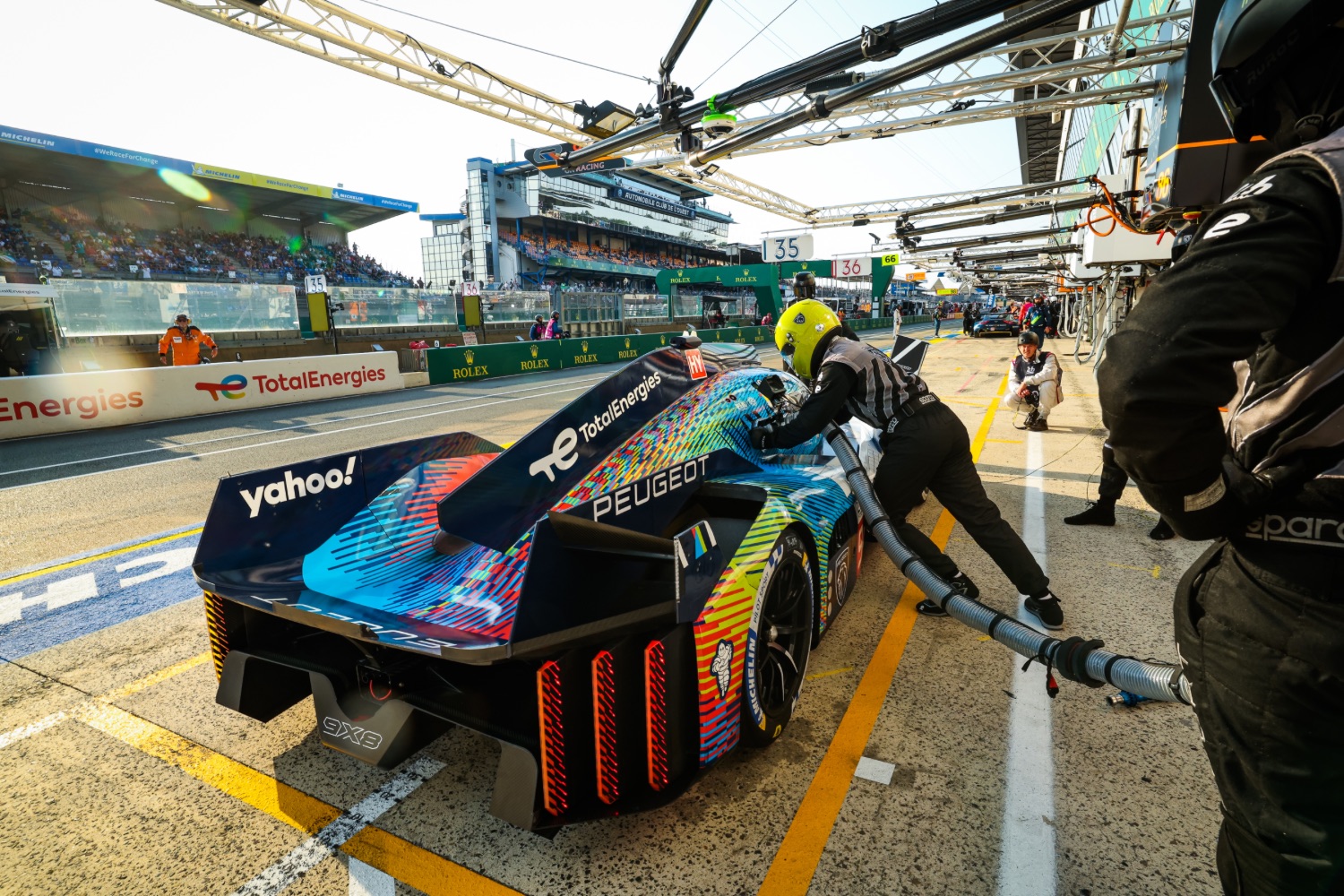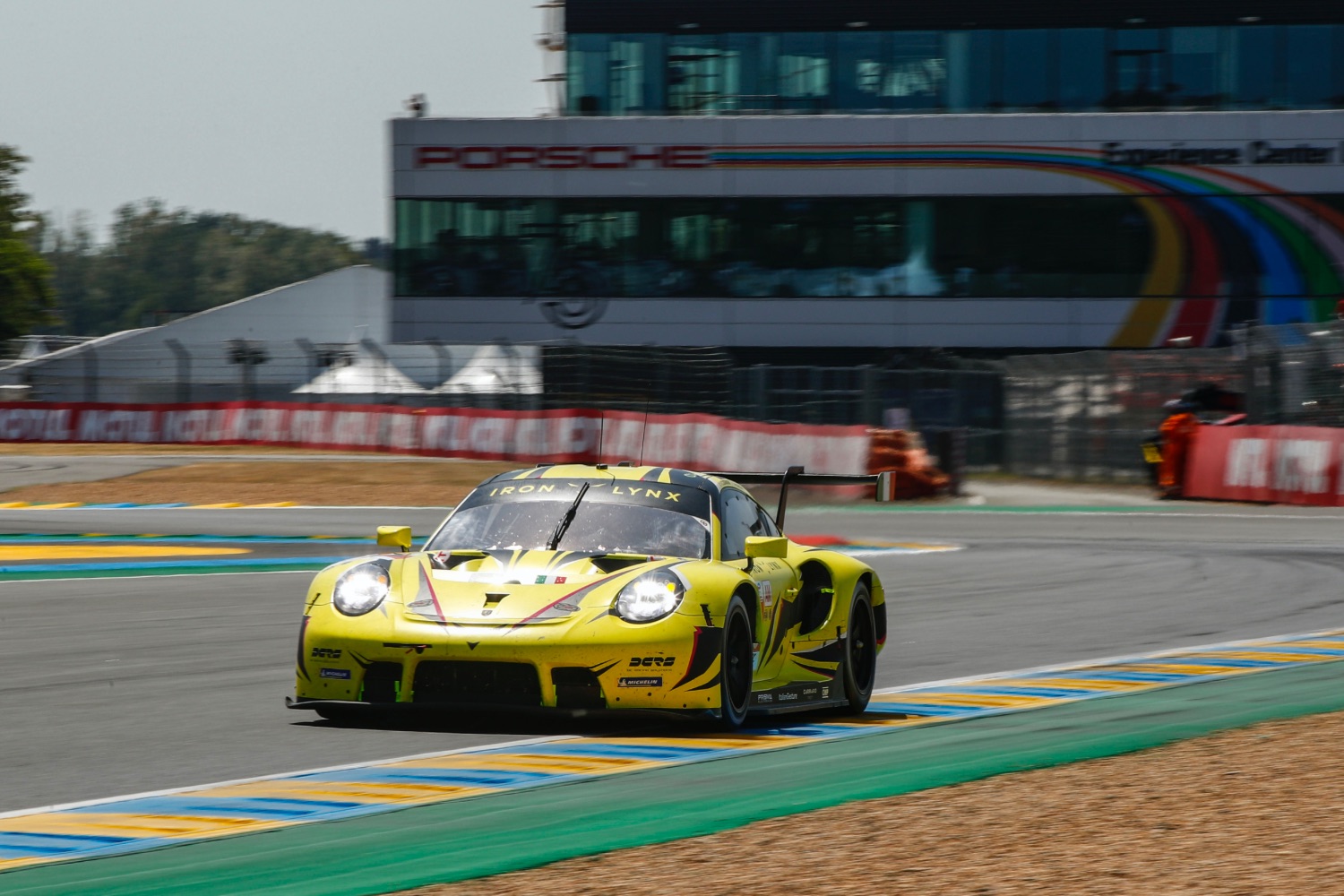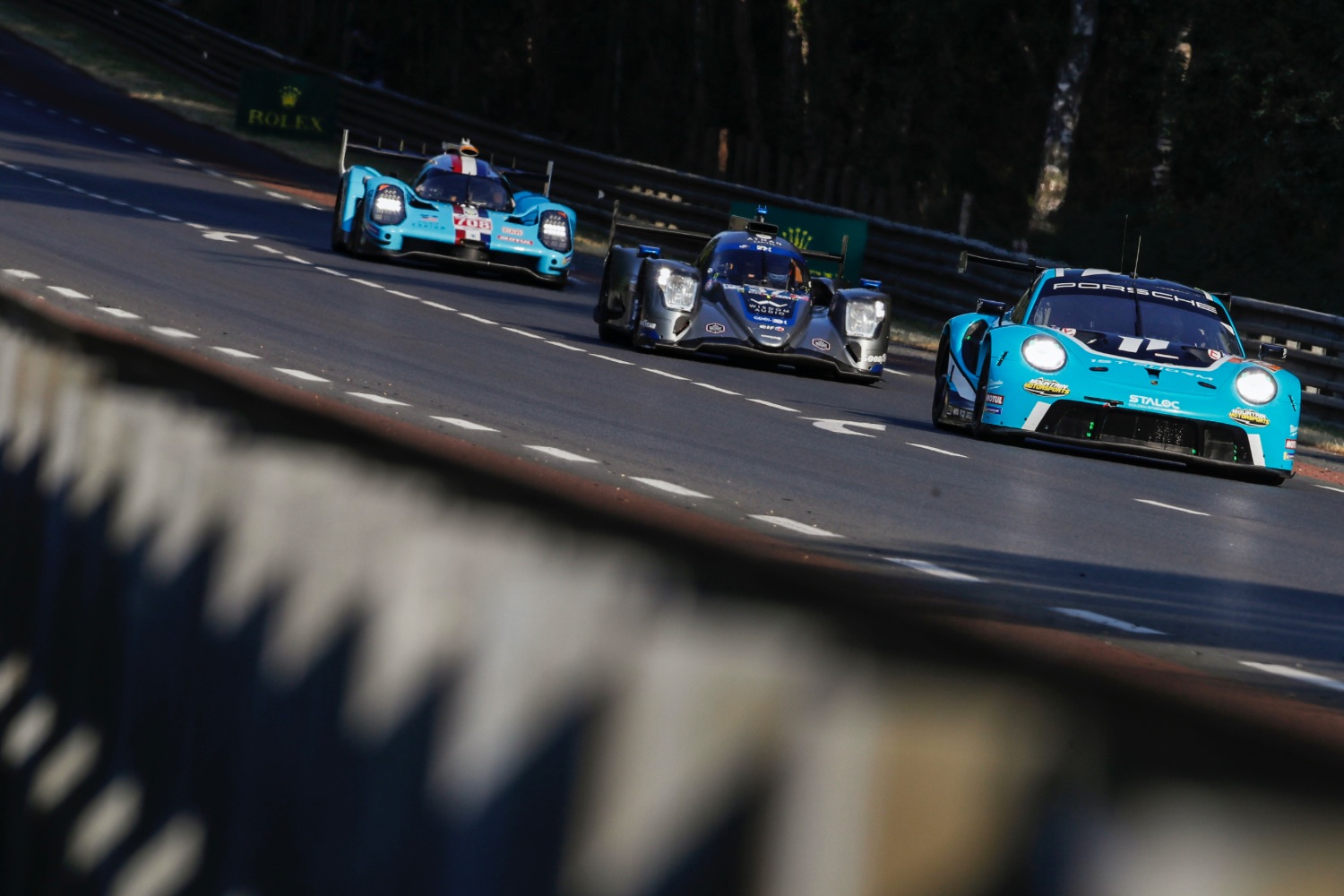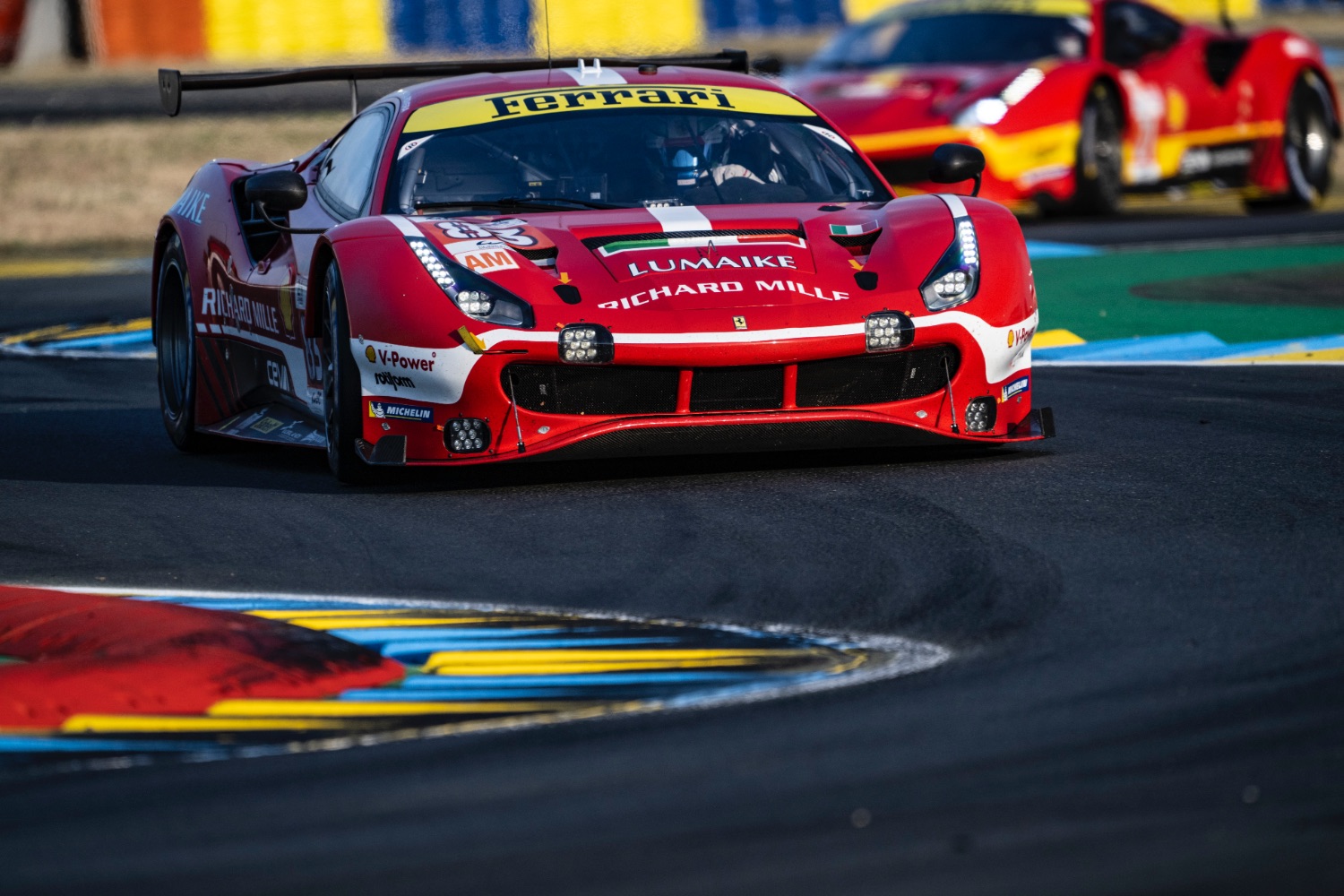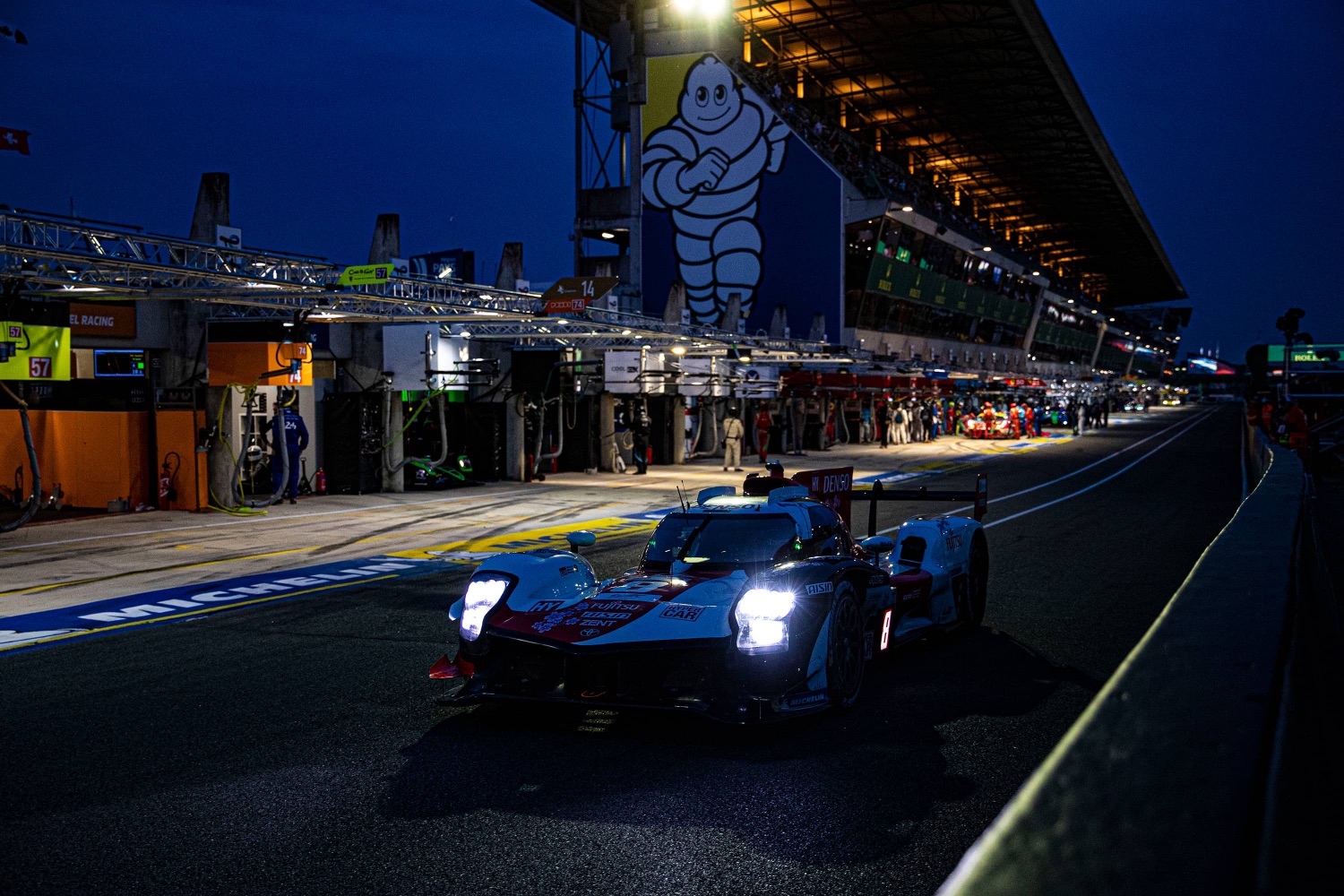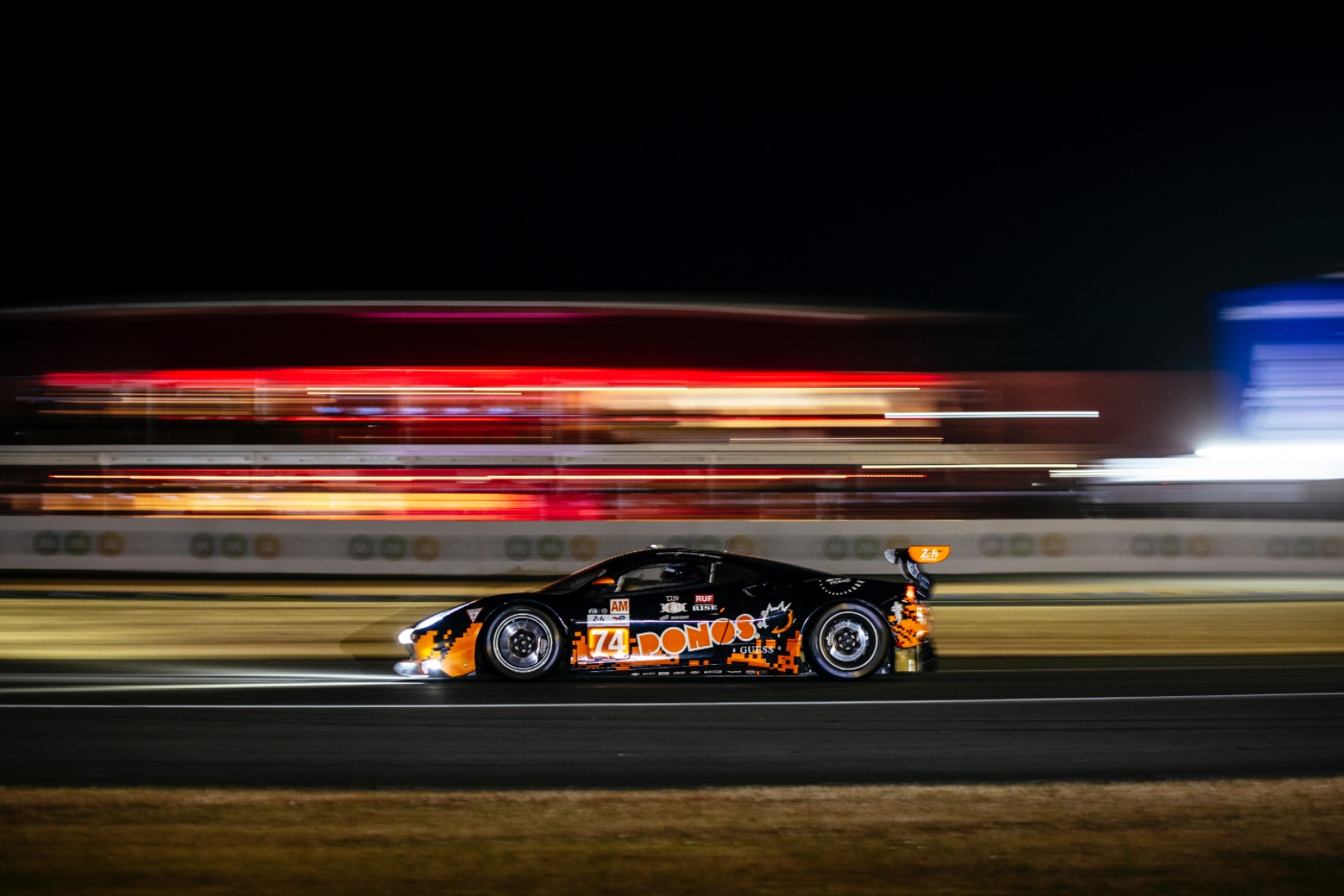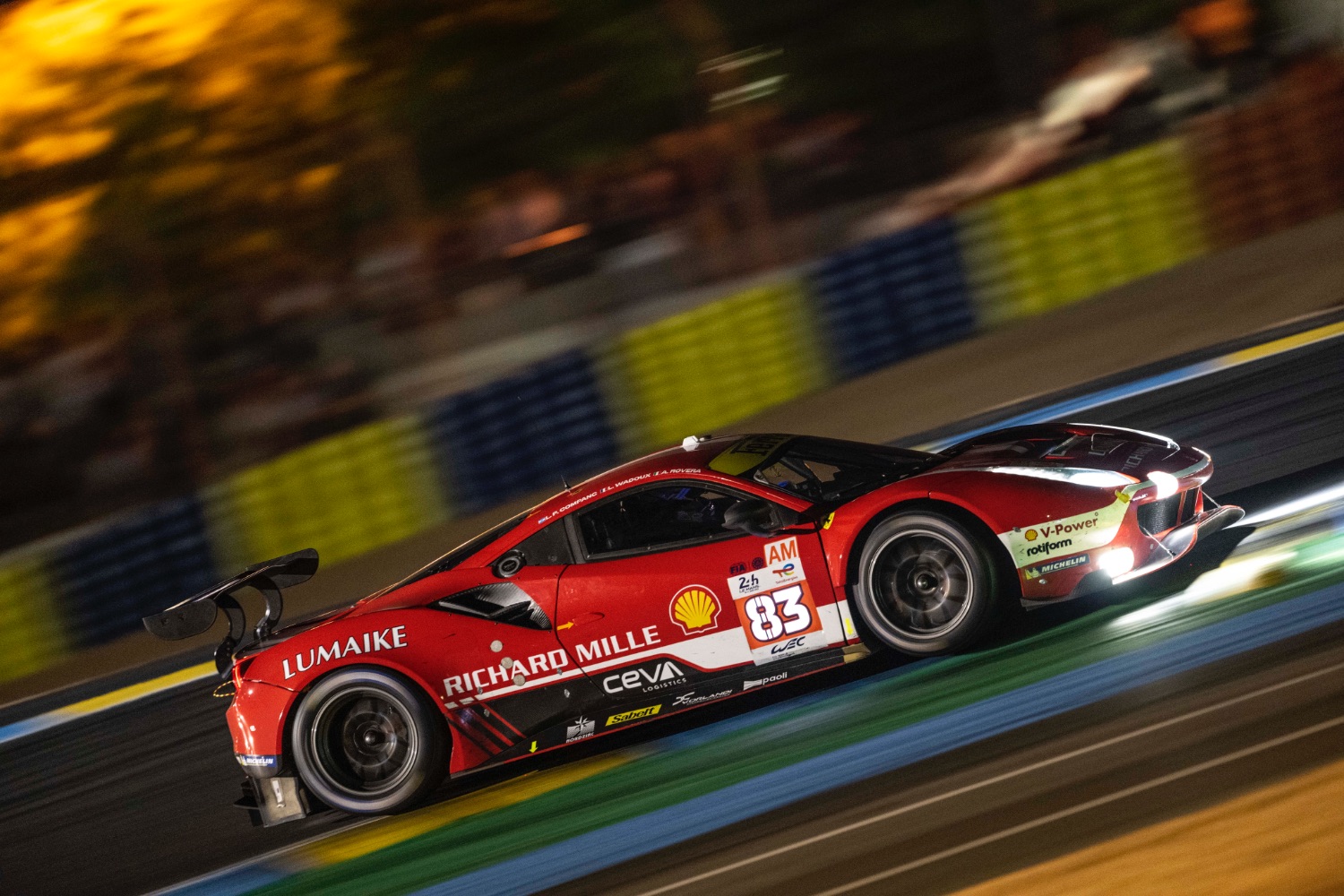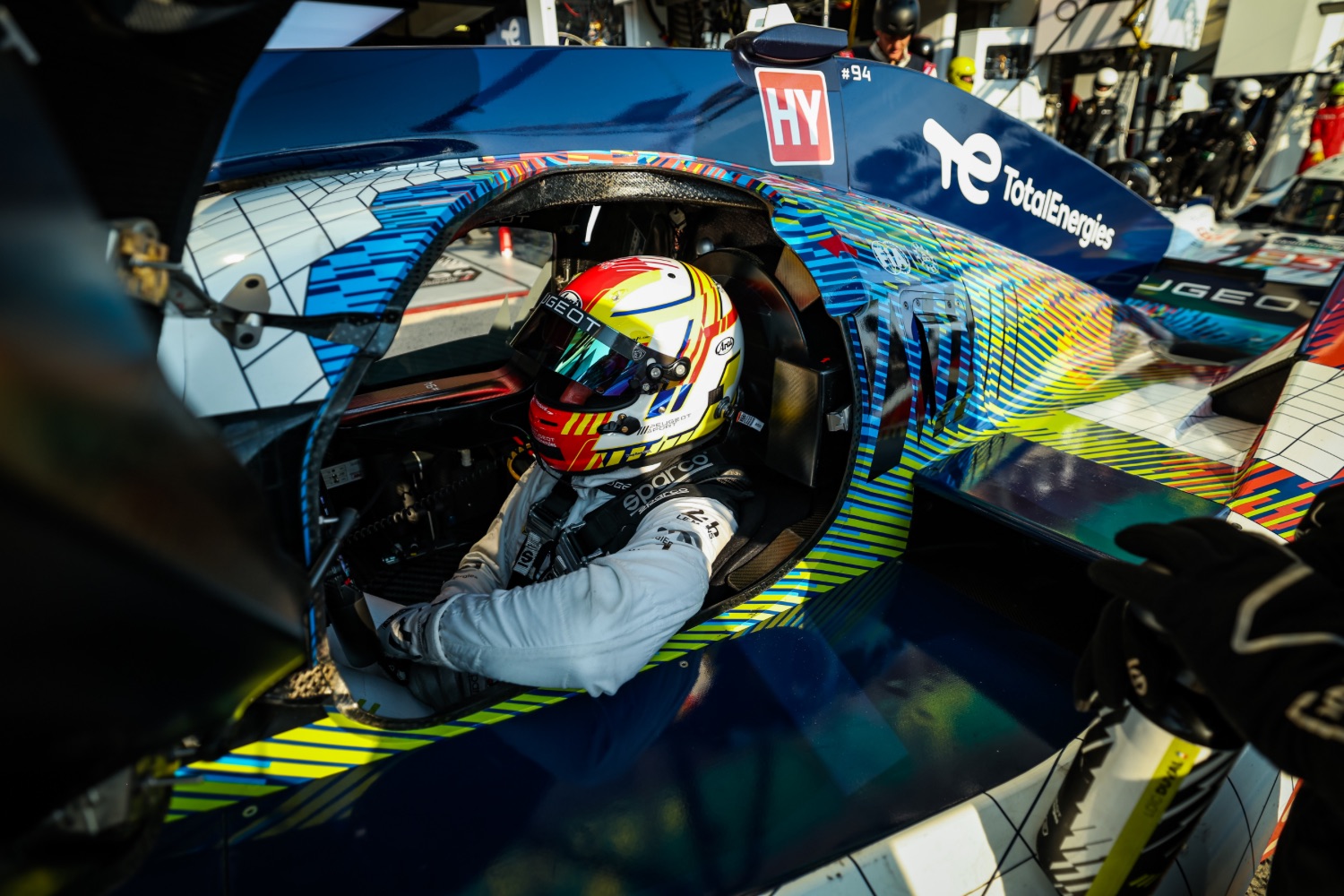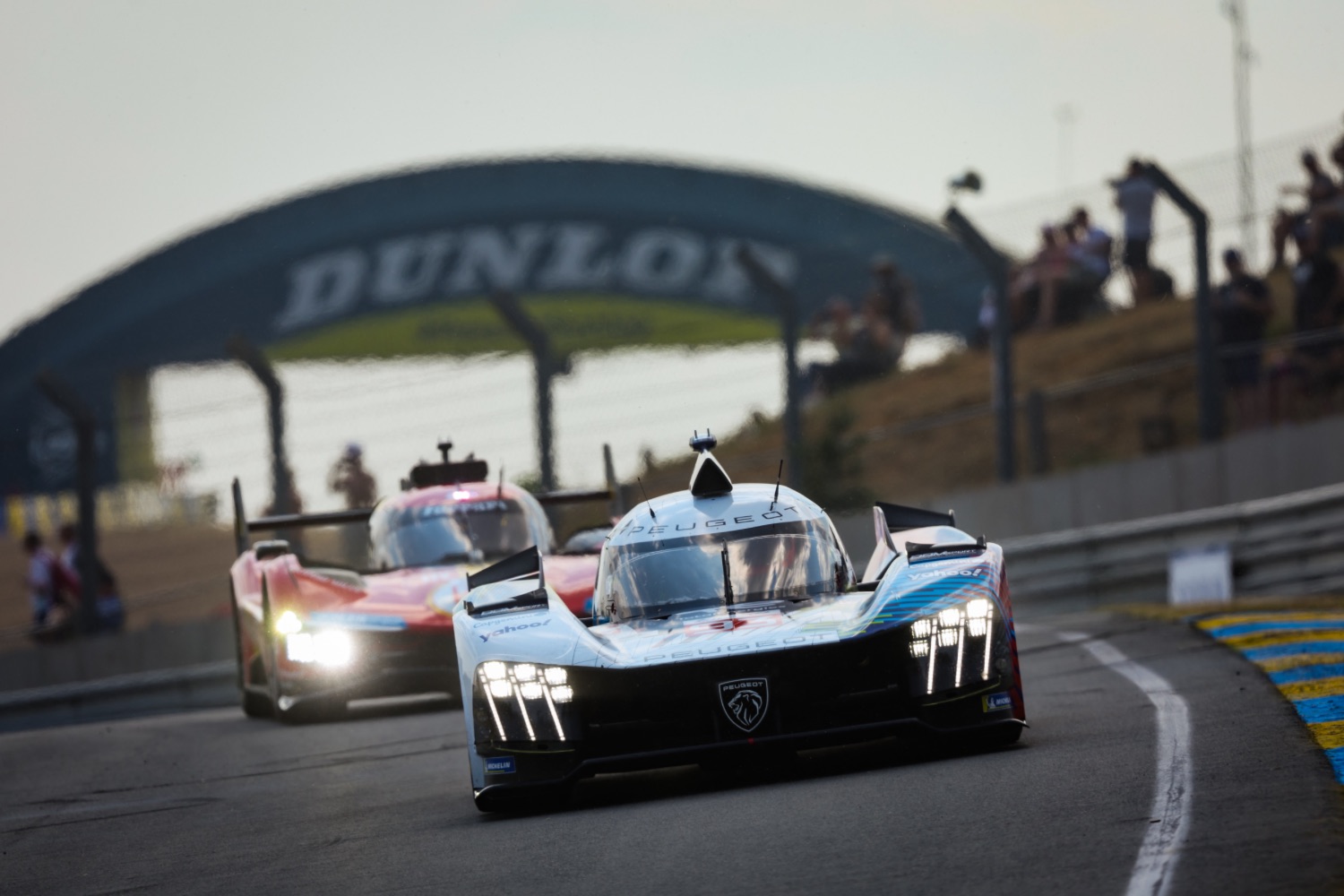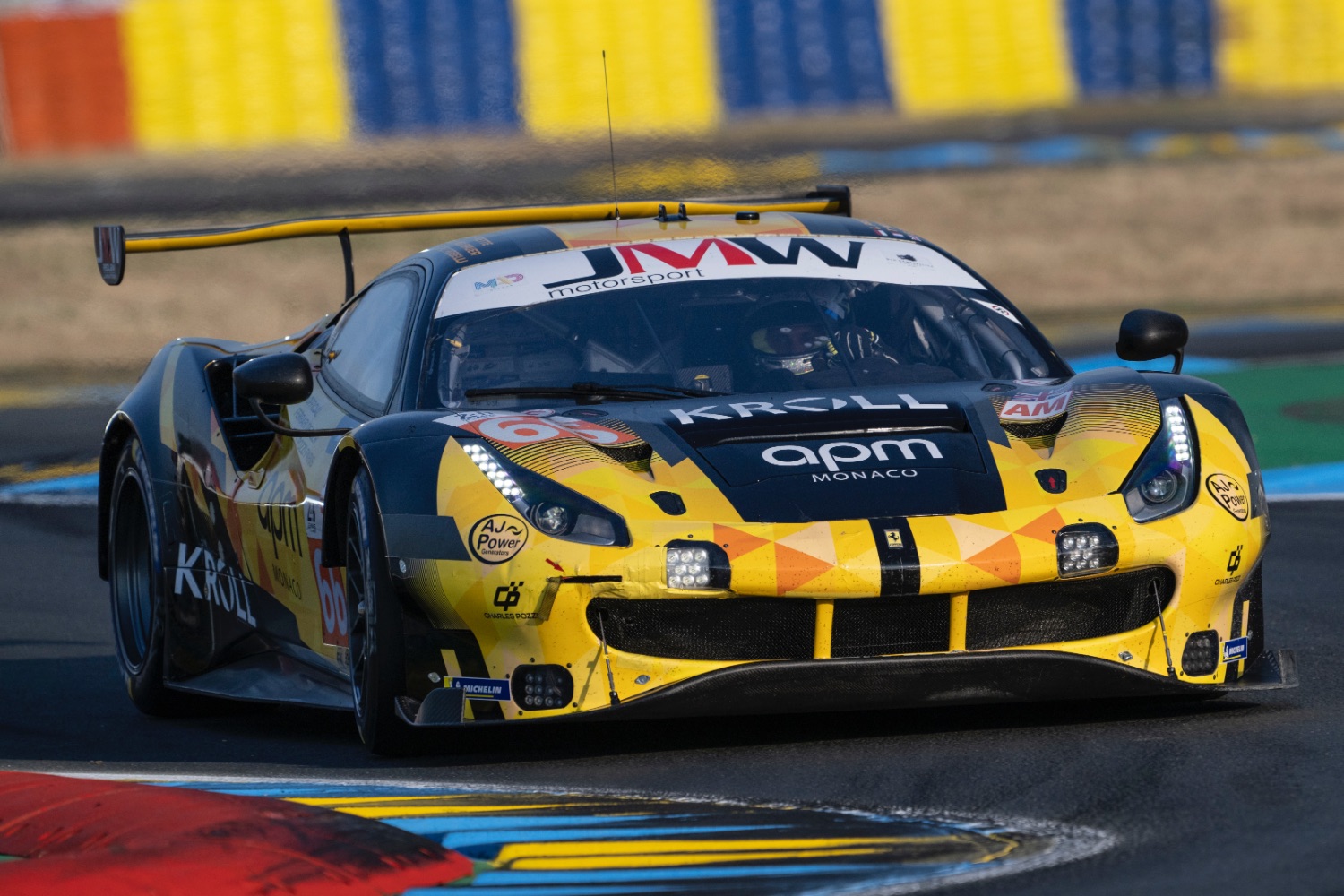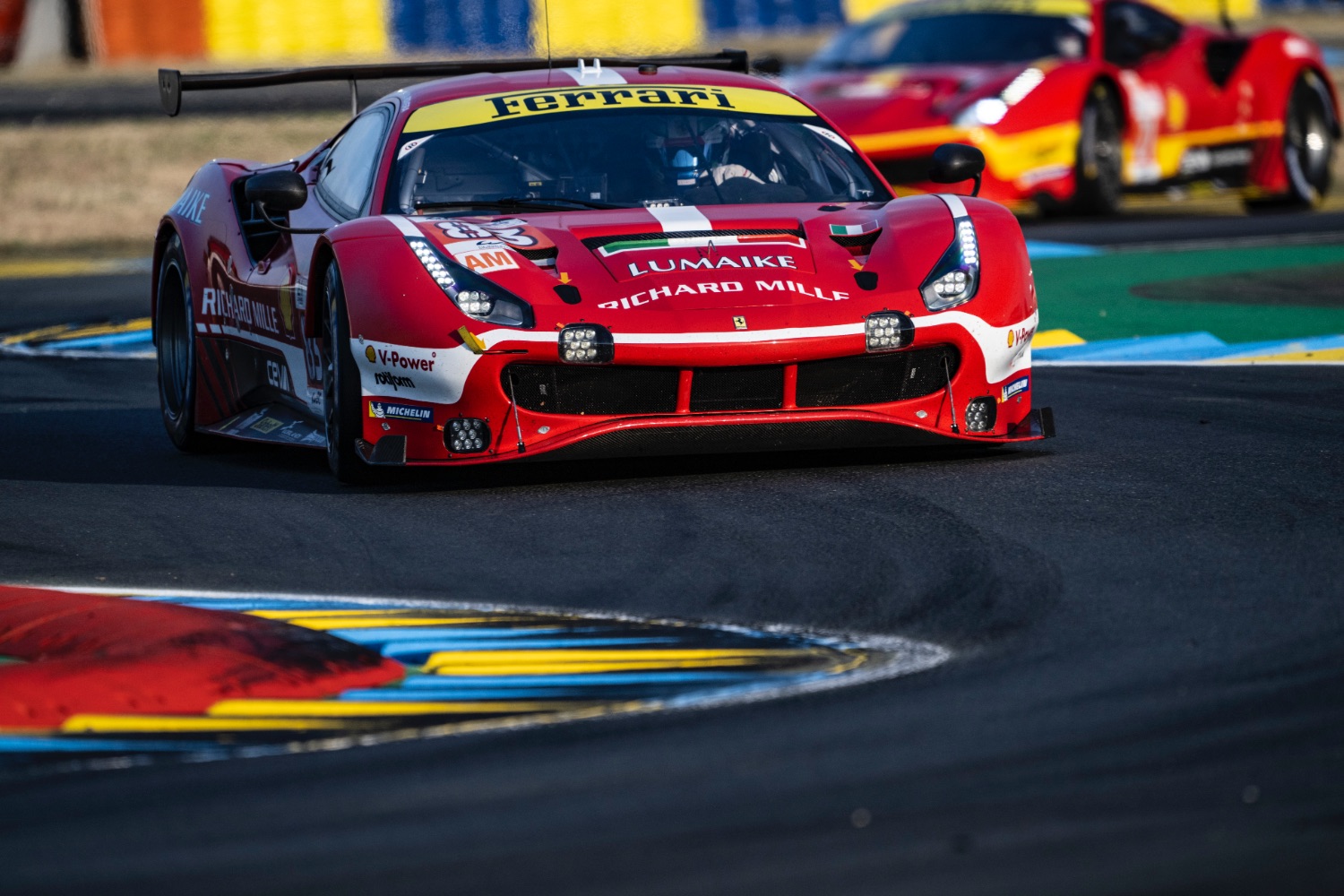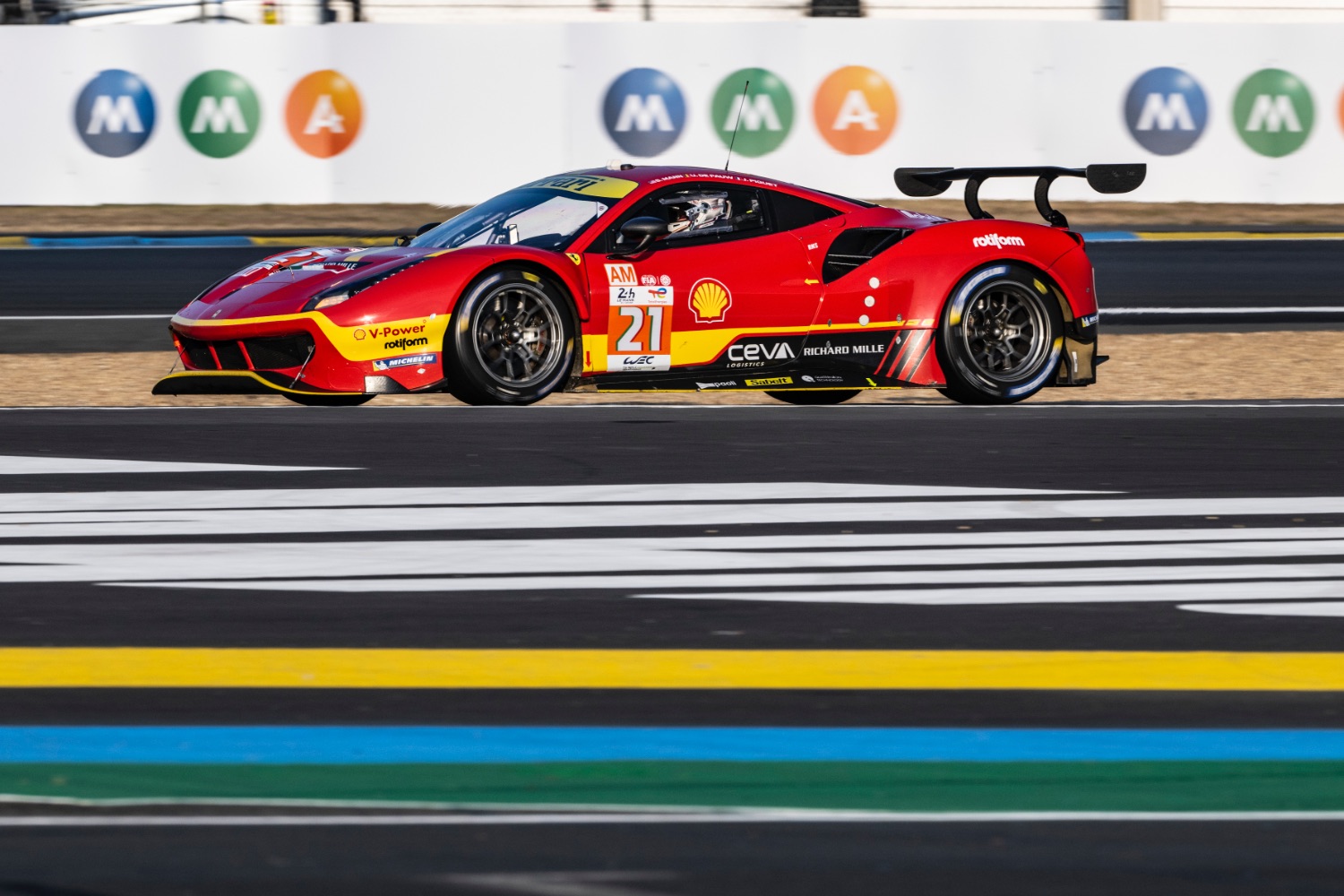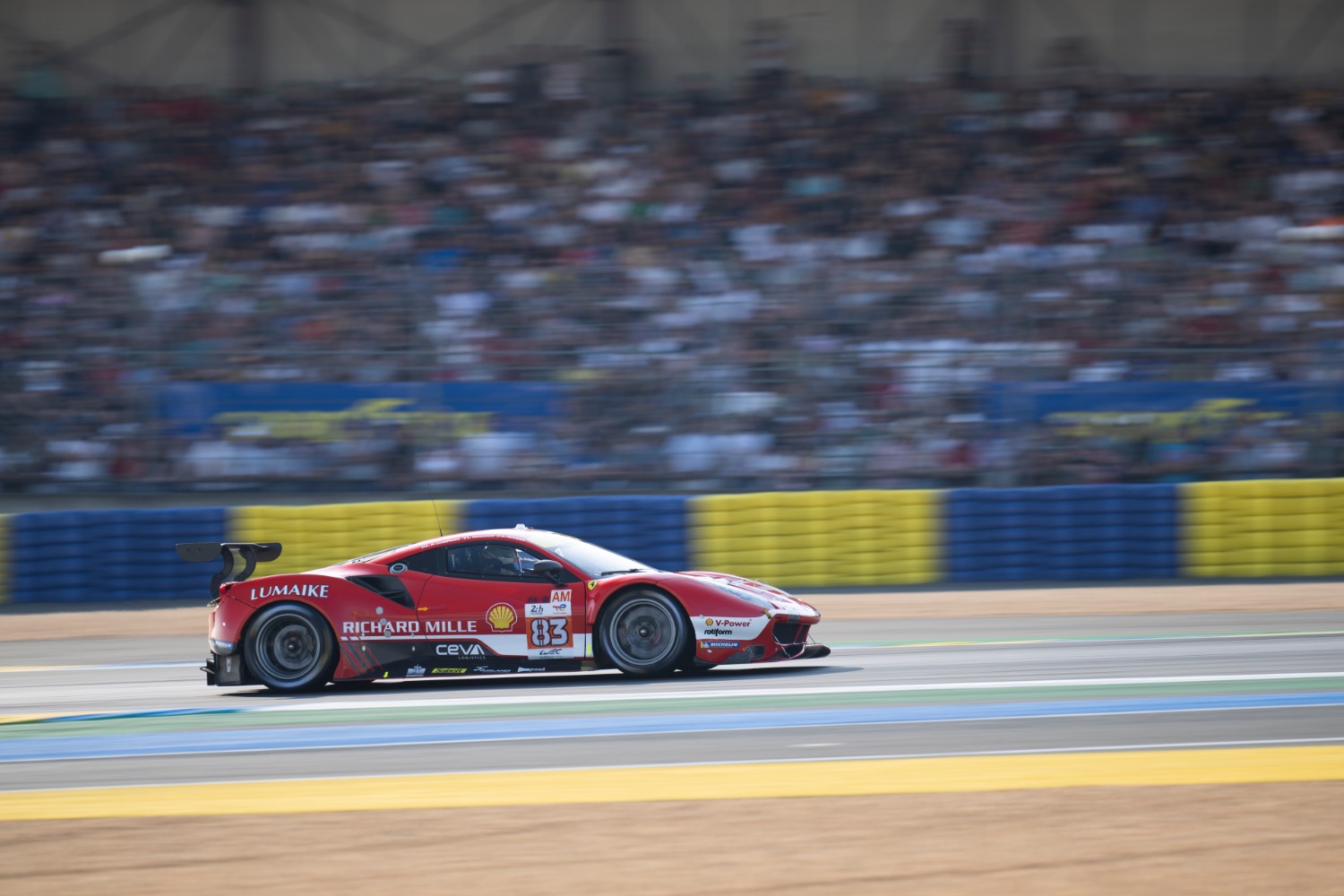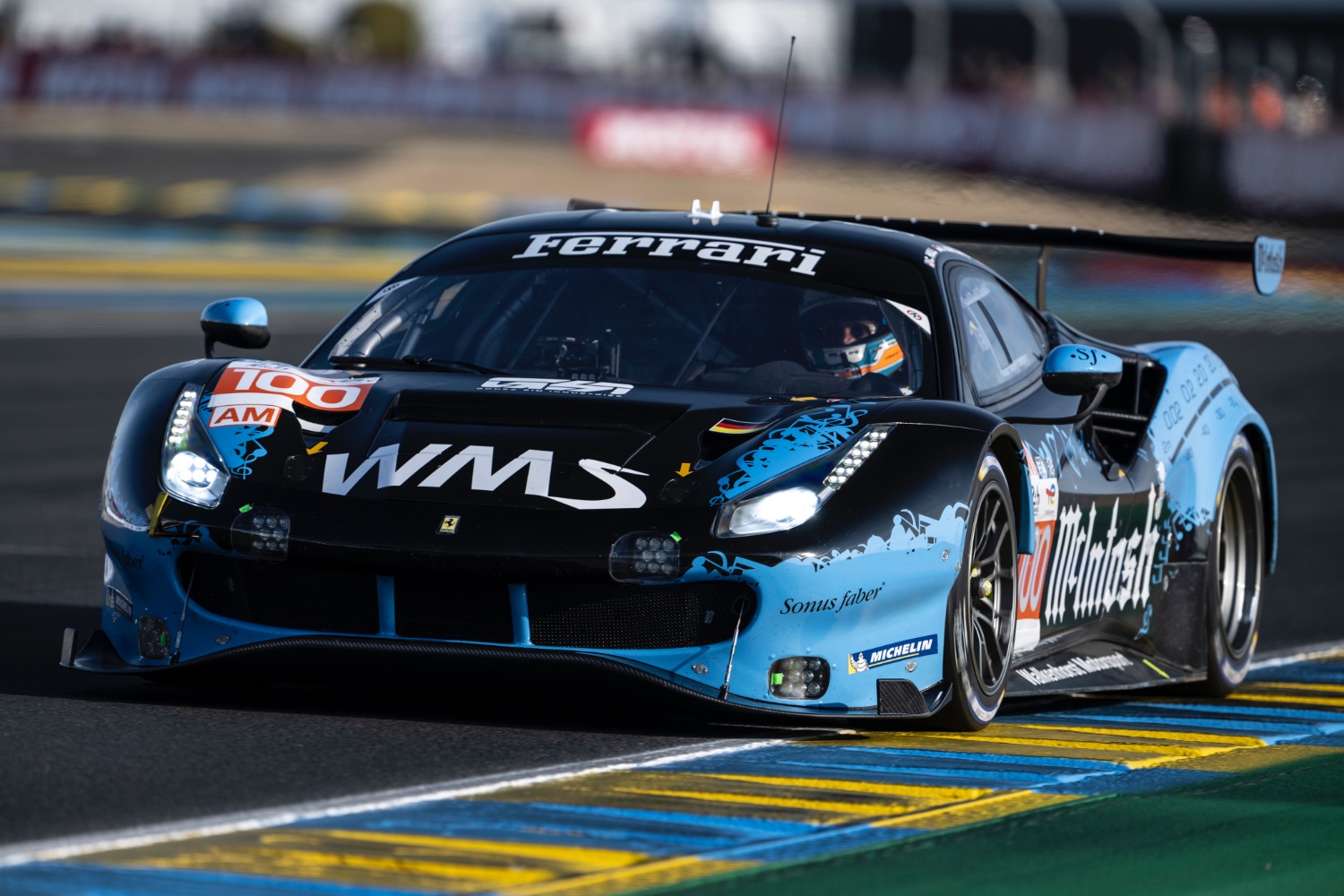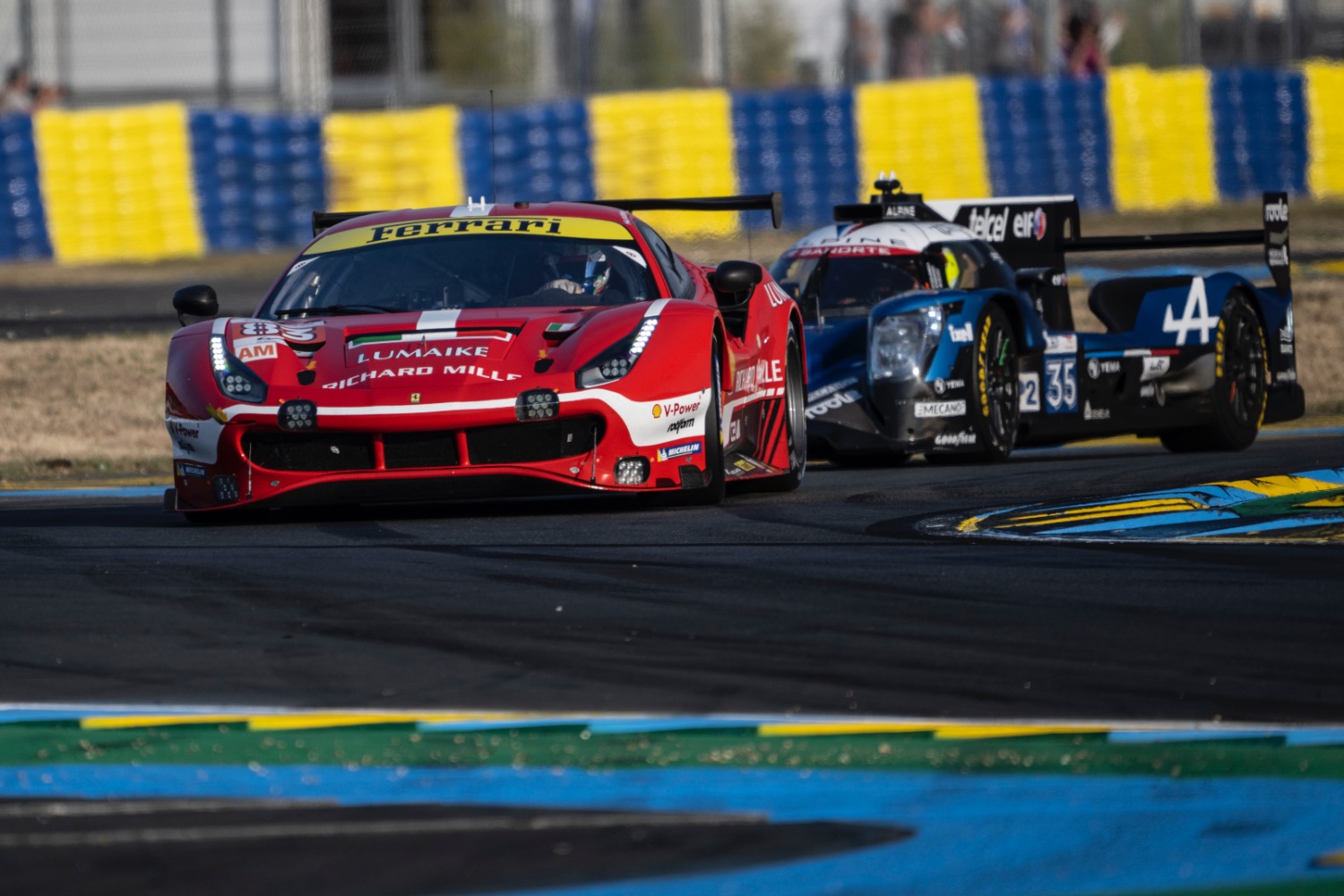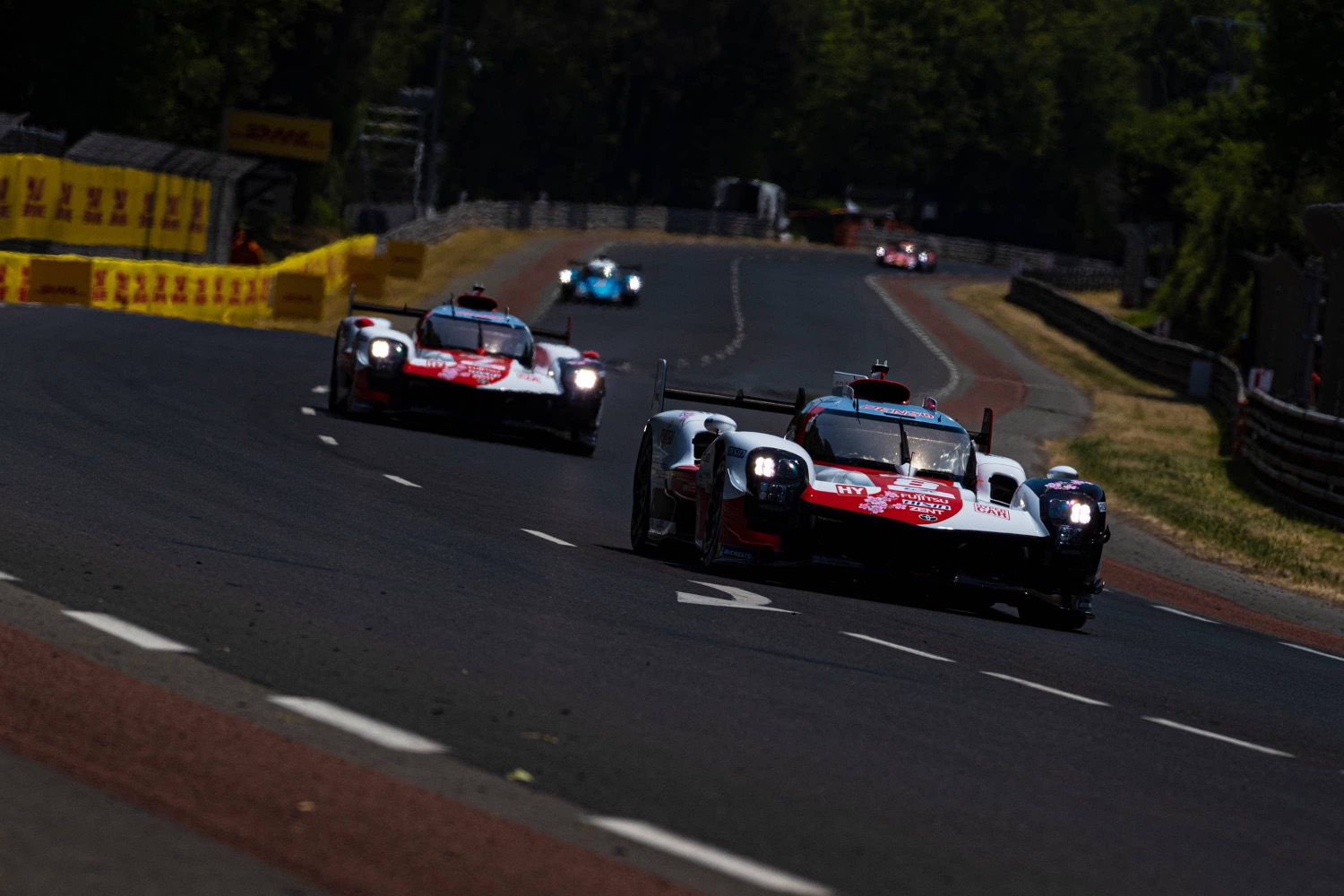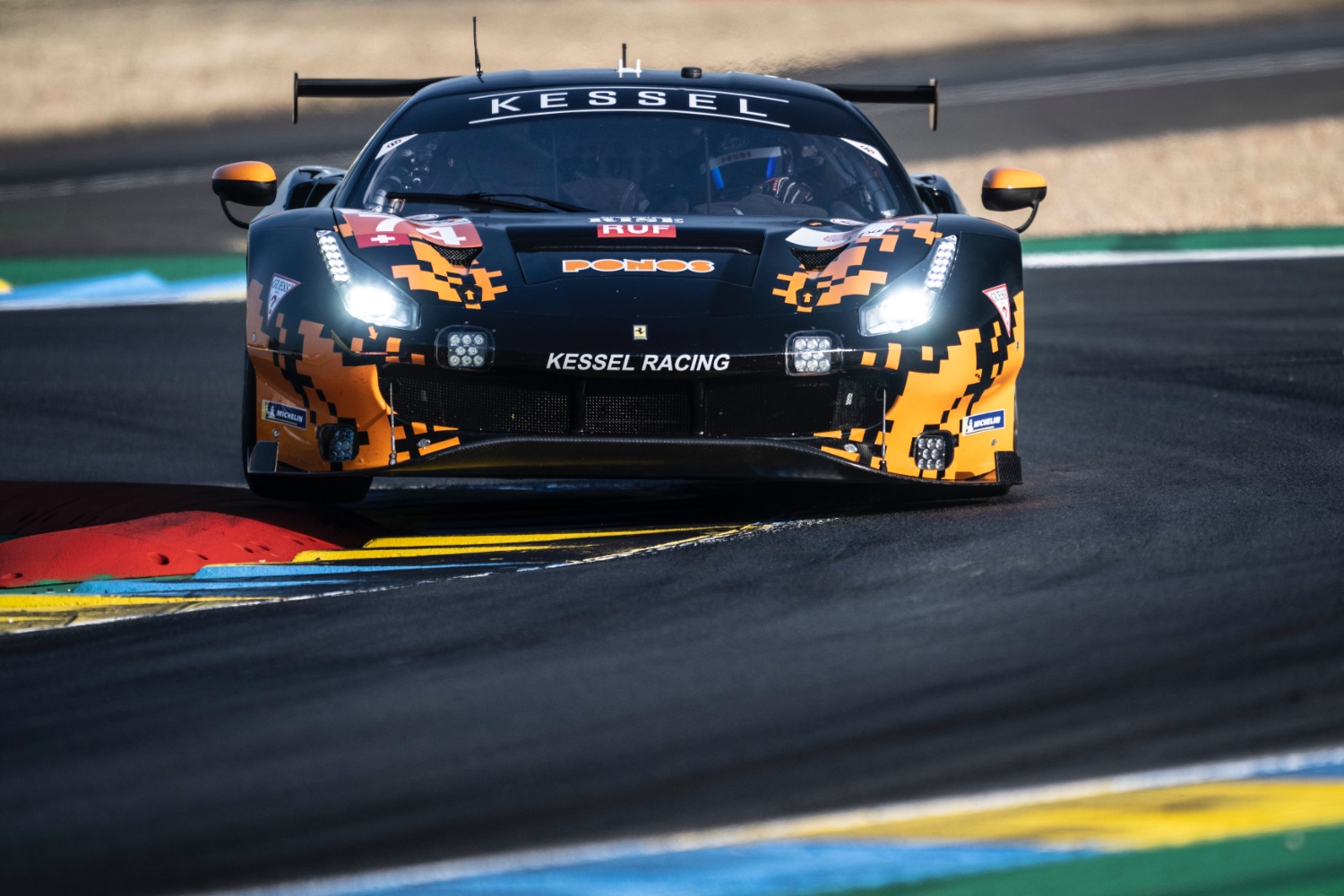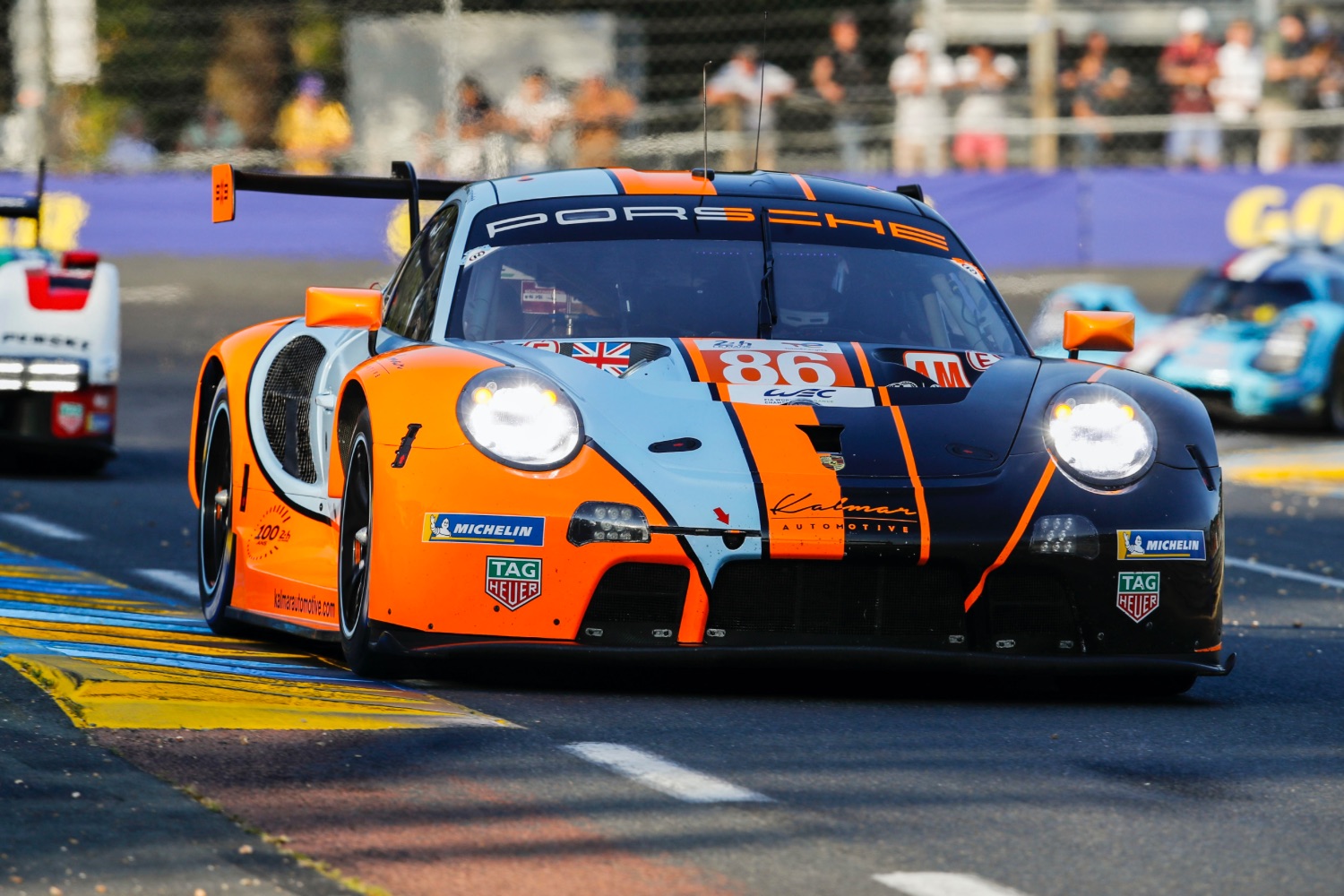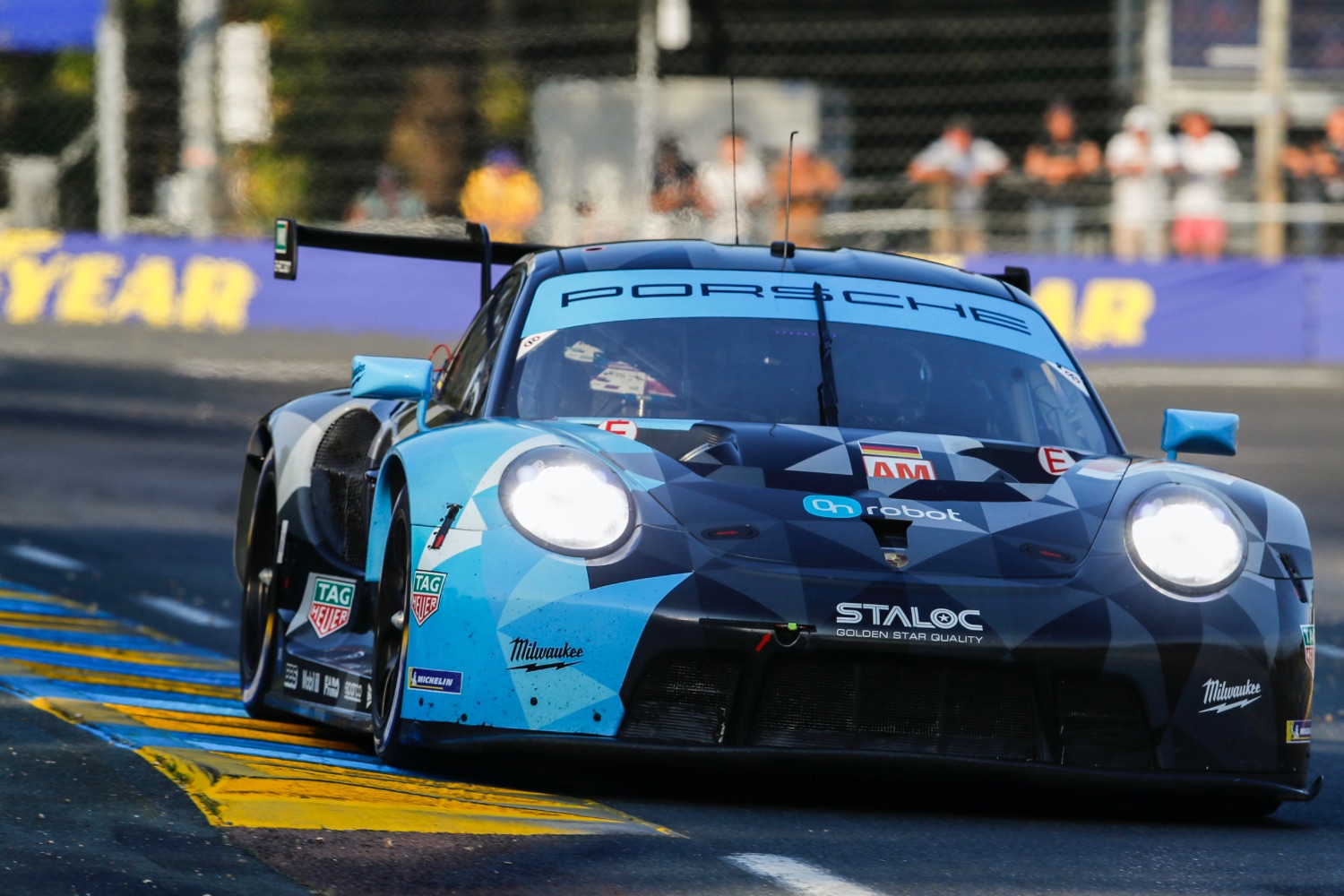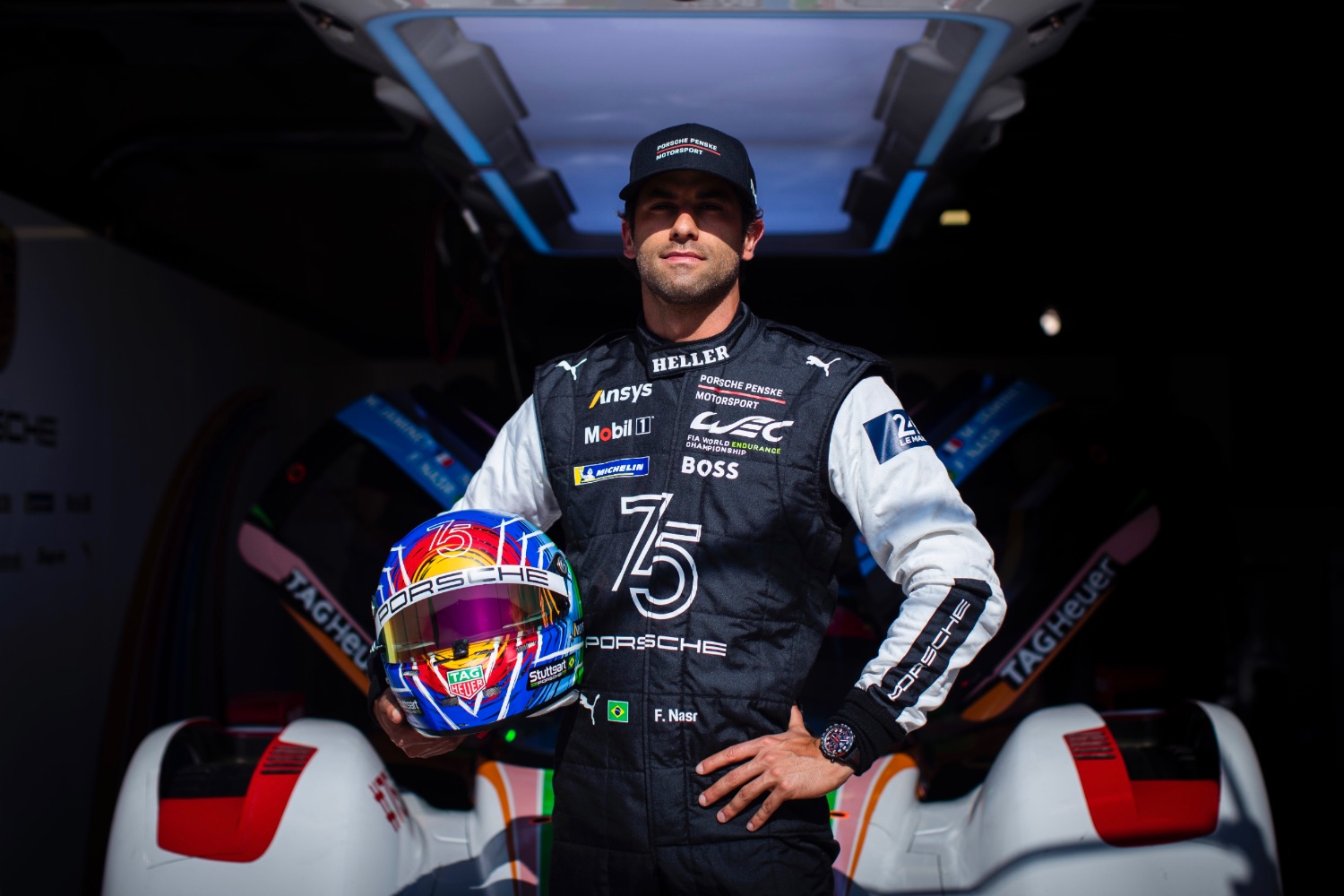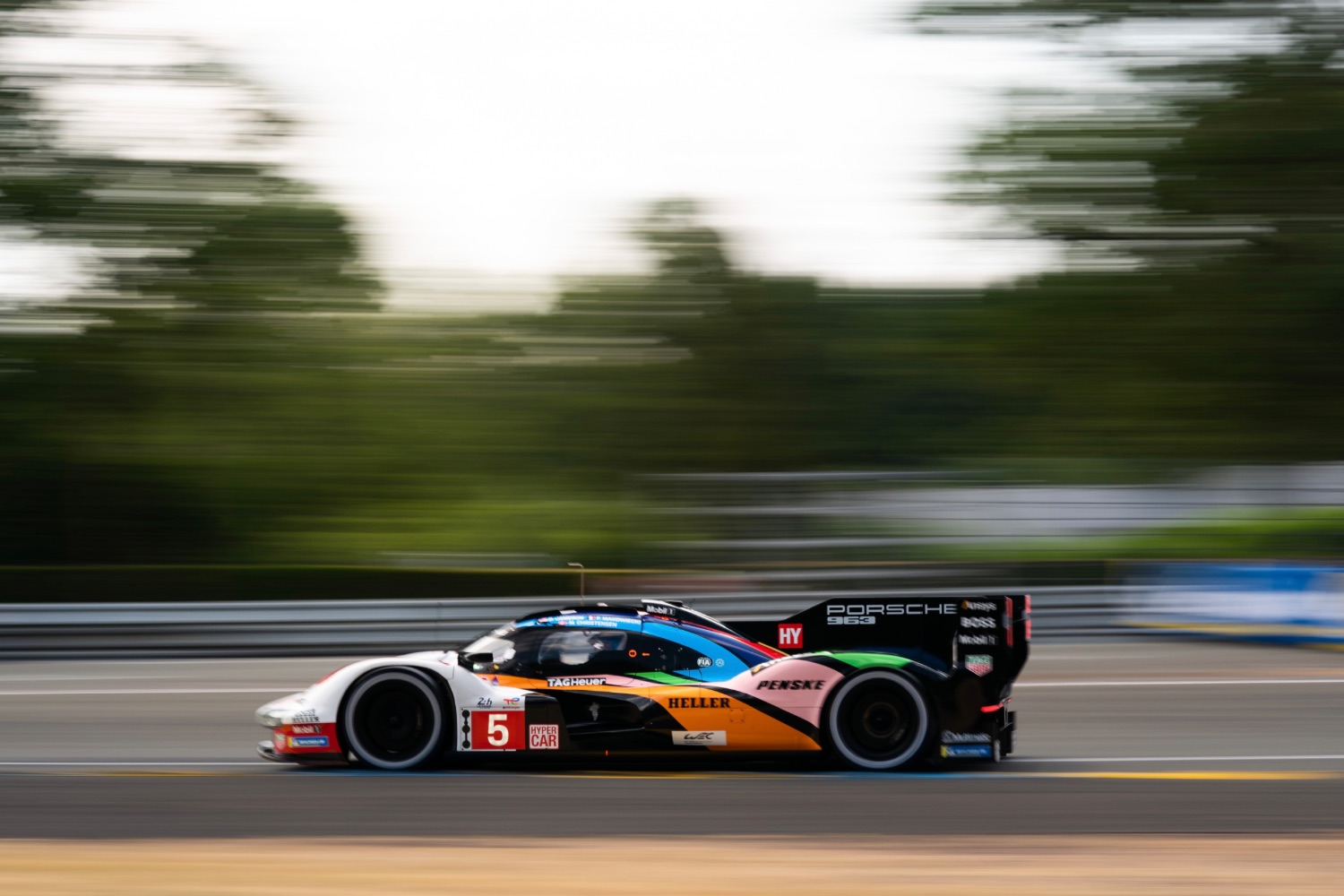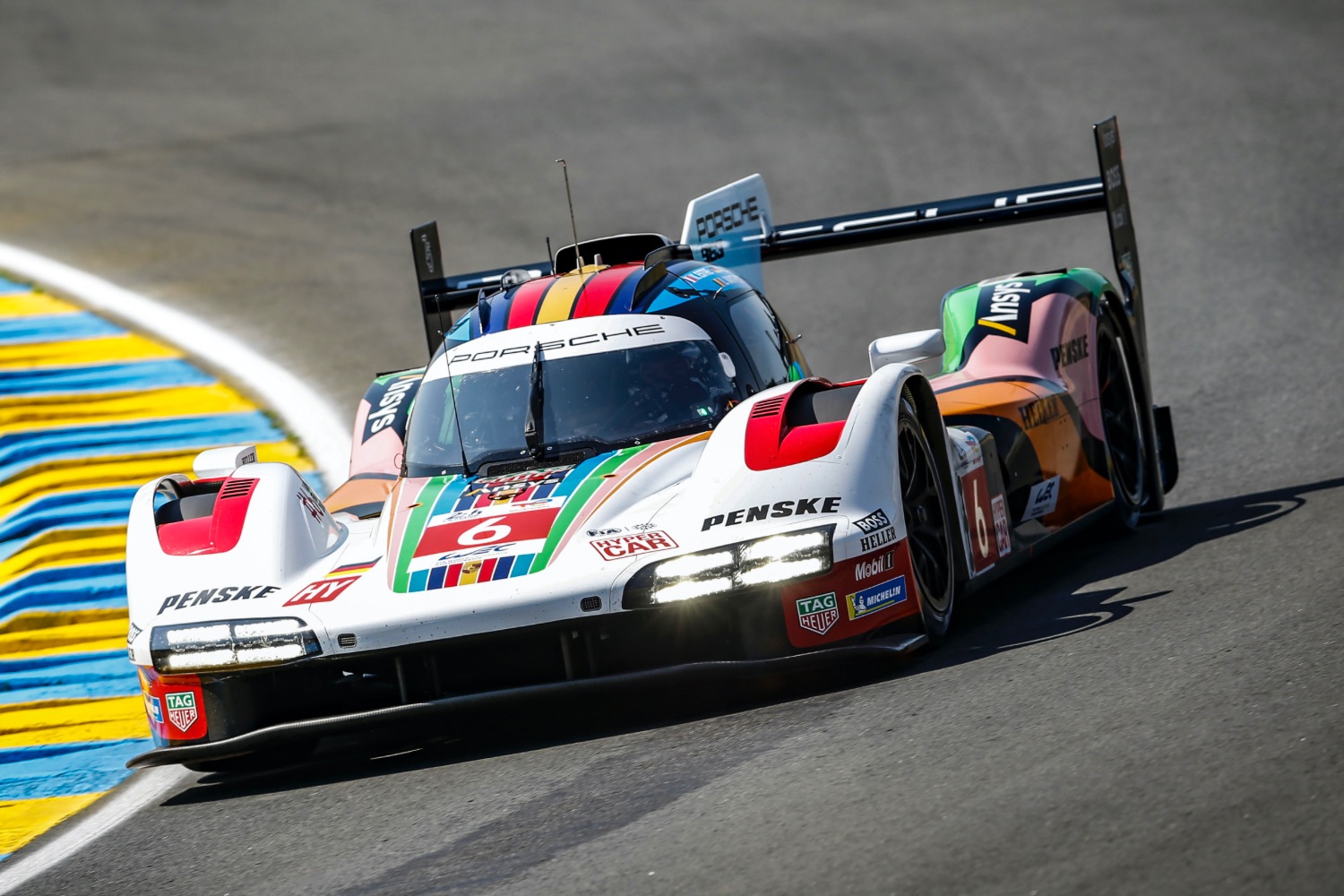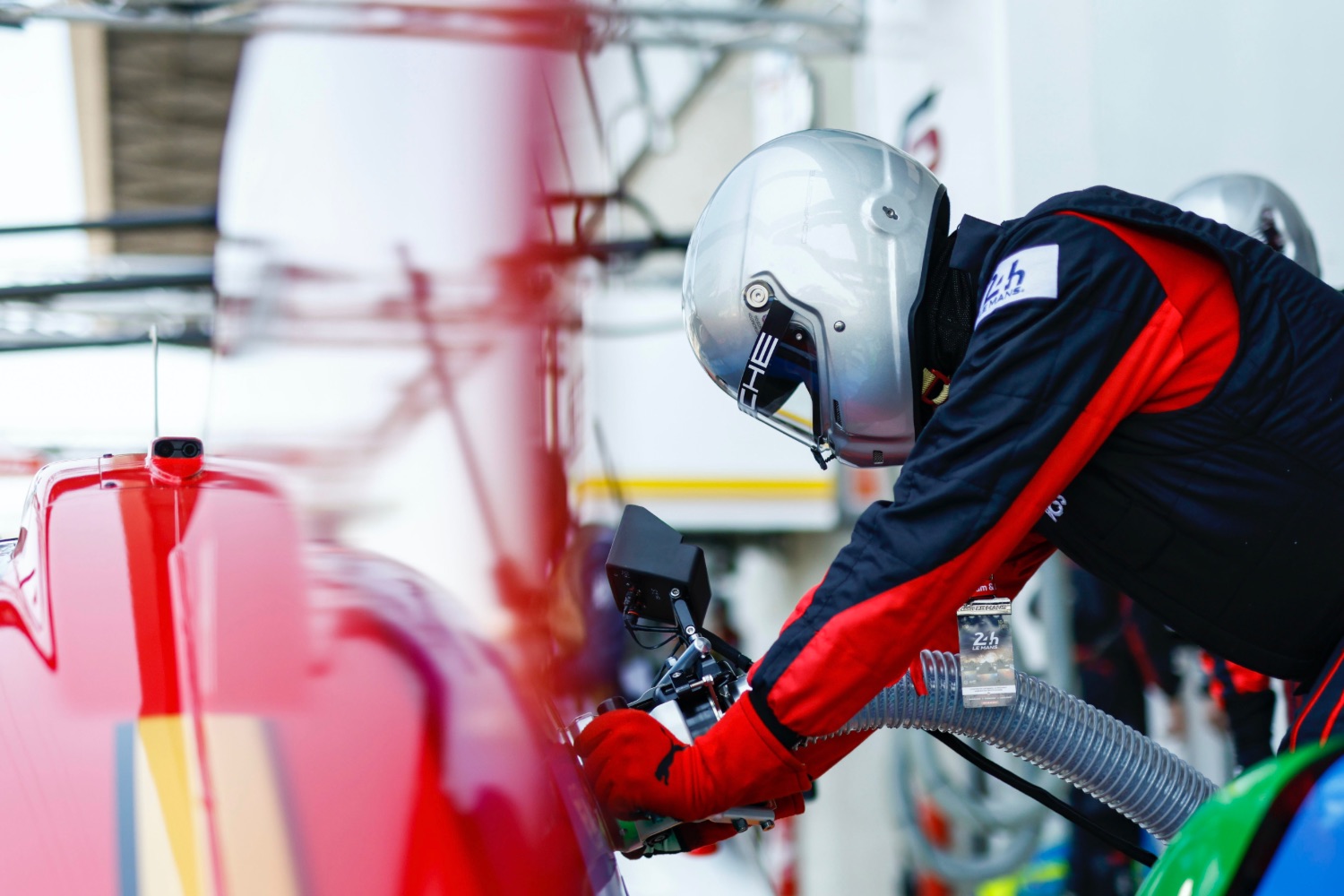Le Mans is never not awesome. Even in years when the big factory teams stay home and the field is on the thin side, the sheer magic of racing cars non-stop, from day into night and back to day, remains.
There are few races with this sort of history, and as Le Mans celebrates its 100th anniversary this year (albeit this is only the 92nd actual running of the race, thanks to the interruptions of war and disease), the best news is that the big teams really are back.
Following several years where the big-hitting Toyota Gazoo Racing team had only small-fry opposition from the likes of the independent Glickenhaus team and the Alpine squad running an older car updated for the new 'Hypercar' rules, 2023 sees a full grid of the biggest, fastest cars.
And those cars come from the biggest names in racing, too. Coming to Le Mans this year to try and wrest the trophy from Toyota's hands are Ferrari, Porsche, Cadillac, Peugeot, Glickenhaus and a single Hypercar entry from the independent Vanwall team, reviving a long-lost name from Formula One history.
These cars are not being entered by mere no-hopers and also-rans, either. The AF Corse team is managing the Ferrari hypercar effort, technically a private entrant but effectively a Ferrari factory effort and one that has had major success in the road-car-based GTE category at Le Mans. Using the fabulous-looking new 963 racing car, the Porsche team is being run by legendary Indycar racers Penske Motorsport, alongside a single private 963 entered by the highly-experienced Jota racing team.
Cadillac is splitting its efforts. Two of its cars are part of a factory-backed squad, entered and run by the famous Ganassi racing team, long a dominant force in Indycar and NASCAR racing. A third car is entered by the independent Whelan team, which is hardly a minnow - one of its owners and backers is Jim France, scion of the famed France family, which actually owns and runs NASCAR.
With its dramatic-looking, wingless 9X8 racer, the Peugeot squad is also a full factory entry, and the French team is aiming to repeat its dramatic win of 2009. So far, it looks as if Ferrari and Porsche have the fastest cars, with Cadillac nipping at their heels and Toyota right on the pace. Will Toyota's greater recent experience give it the advantage over 24 endless hours? Or will Ferrari, returning to the top class at Le Mans after an absence of more than 50 years, finally notch up its 10th Le Mans win?
All of the front-running Hypercar entries - with the exception of the Glickenhaus and Vanwall cars - are using hybrid systems that mix petrol and electric power and which are closely governed by the race organisers (the Automobile Club l'Ouest, or ACO) to ensure that no one team garners a major horsepower advantage. Indeed, the cars are technically limited to a maximum of 670hp at any one time, although their combined potential from their petrol and electric powertrains is considerably higher than that.
Incidentally, as well as using hybrid power, all of the cars on the 62-strong grid are running on renewable biofuel provided by Le Mans sponsor and partner Total Energies.
Behind the front-running Hypercar entries is a gaggle of LMP2 cars. These racers, designed around a common and tightly regulated chassis and engine design (they all run the same 4.0-litre Nissan-based Gibson V8 engine), are slower than the hypercars and more affordable for teams to run and enter. However, they often provide exceptional racing and close results. And they're fast enough to give any of the hypercars a serious headache if the top teams hit trouble.
The drivers in LMP2 are no slouches either, featuring names that would be familiar to Formula One fans, such as Nicolas Lapierre, Jan Magnussen, Giedo van der Garde, Pietro Fittipalidi, Robert Kubica and Simon Pagenaud. LMP2 also features sports car specialists such as Ricky Taylor, Dries Vanthoor, Neel Jani, Filipe Albuquerque and Oliver Jarvis, all of whom are vastly experienced and most of whom have previous Le Mans outright and class wins.
At the back of the grid is the GTE-AM class. Sadly, the GTE class, based on road-going cars, has withered on the vine of late as Le Mans has allowed it to come to an end, pending the race's opening up to more affordable and broadly-based GT3 regulations. The only cars left in the GTE category are from Aston Martin, Corvette, Ferrari and Porsche, which is hardly slim pickings, but we're missing the likes of BMW, Ford and Chrysler, which previously fielded teams.
Even so, the racing in GTE is close and thrilling, and the insistence on using 'amateur' drivers gives the faster cars another worry, especially when lapping at night. Keep an eye out for Belfast's Charlie Eastwood, driving the very fast ORT By TF No. 25 Aston Martin Vantage, which is one of the favourites for the GTE win.
One other, entirely singular car needs a mention. Le Mans reserves the so-called 'Garage 56' slot on the grid for experimental cars, which race effectively against themselves. The Garage 56 entry is essentially an unofficial one and is not eligible to score championship points, but it's there for the sake of innovation.
Previous Garage 56 entries have included Nissan's experimental Deltawing racer and hydrogen-powered cars. This year, Garage 56 is being used by the famous Hendricks Motorsports crew, who have entered a highly-modified NASCAR Chevrolet Camaro. It's an incongruous sight - towering over the sylph-like European racing cars - but it's very fast, proving quicker over a lap than the GTE cars in testing, and some serious talent is driving it. Behind the wheel are multiple NASCAR title winner Jimmy Johnson, 2009 F1 champ Jenson Button and former Audi Le Mans winner Mike Rockenfeller. All three have promised to be respectful and stay out of the way of other cars involved in title and points fights, but they're quick, and the car is awesome. Expect the massive Camaro to be a firm fan favourite this weekend.

